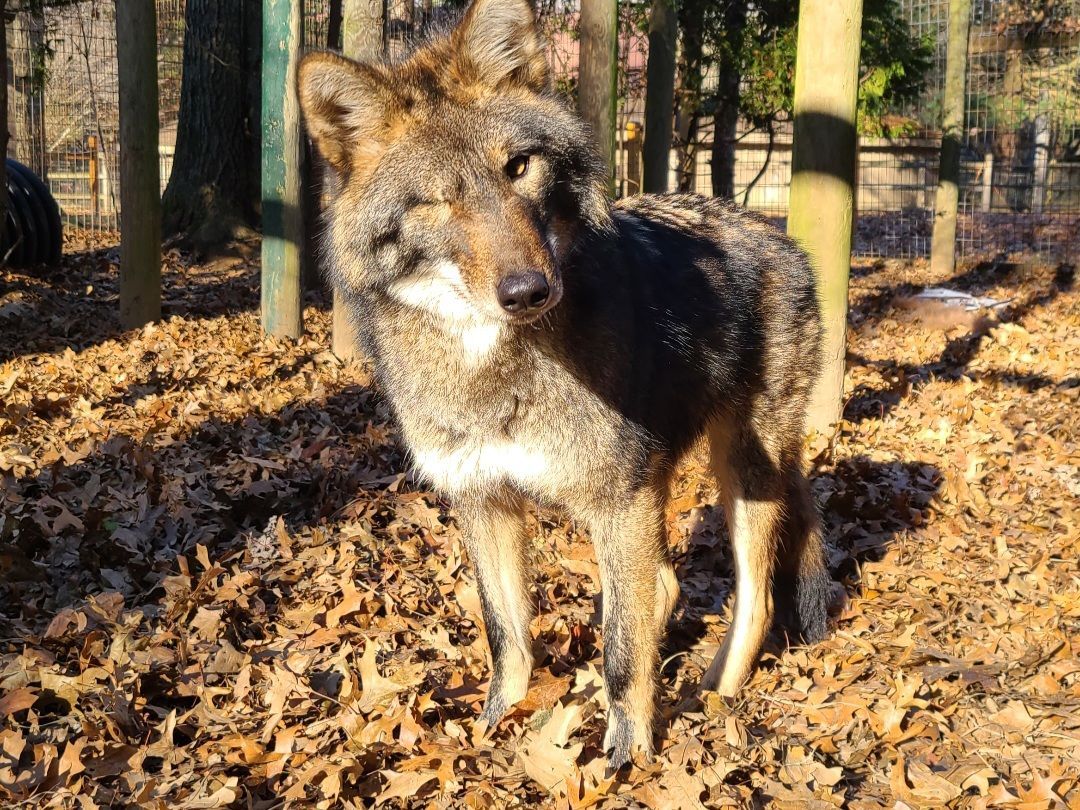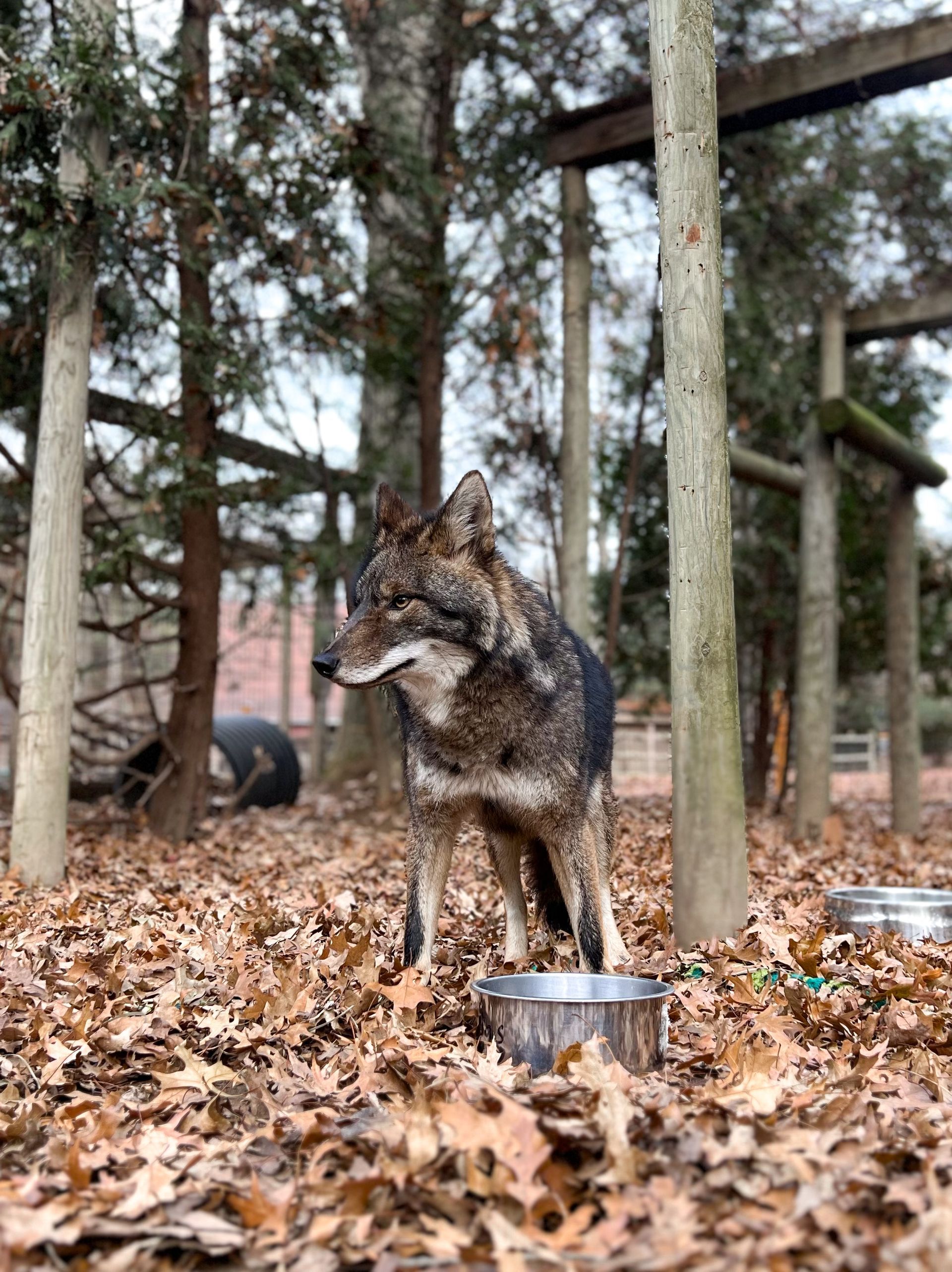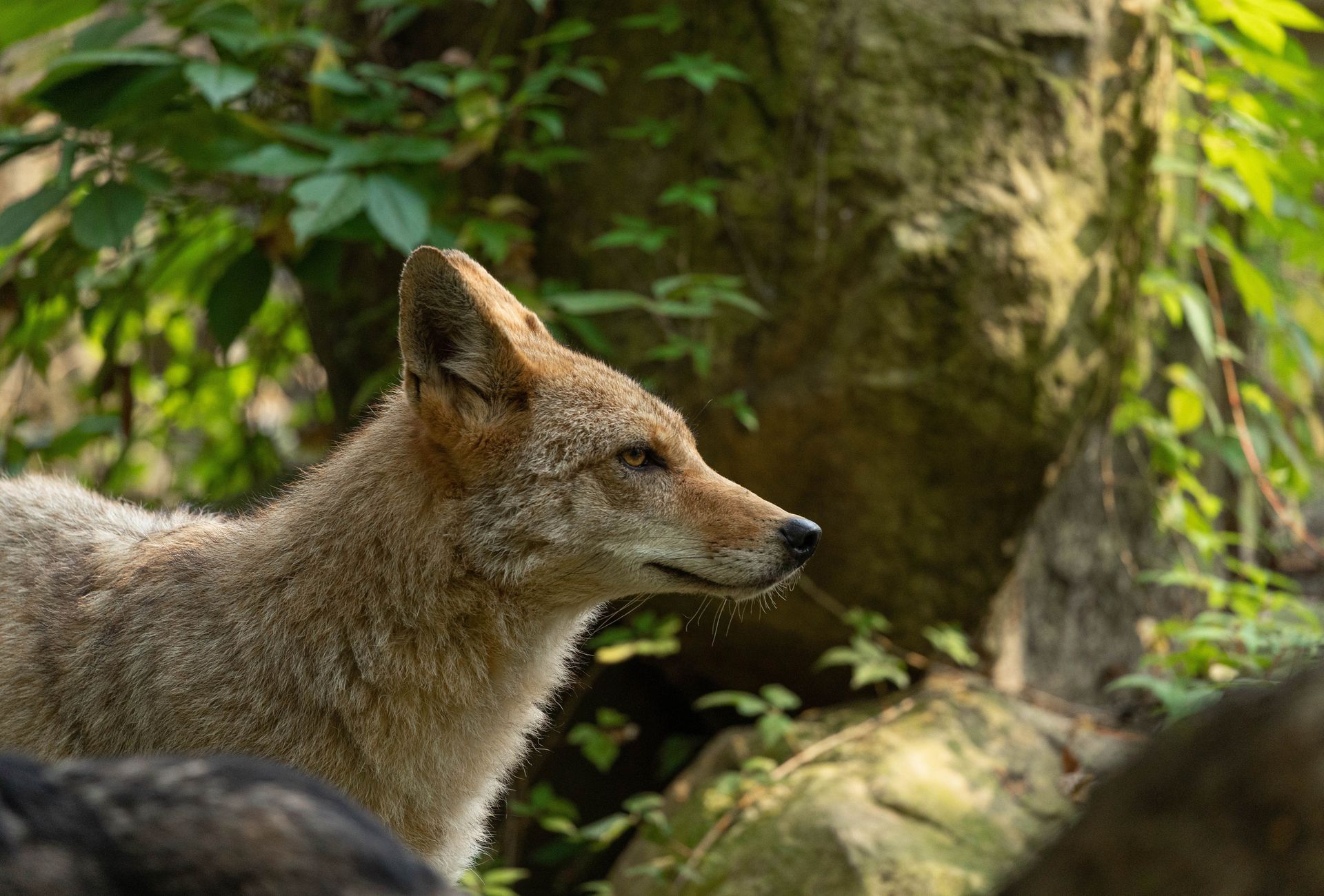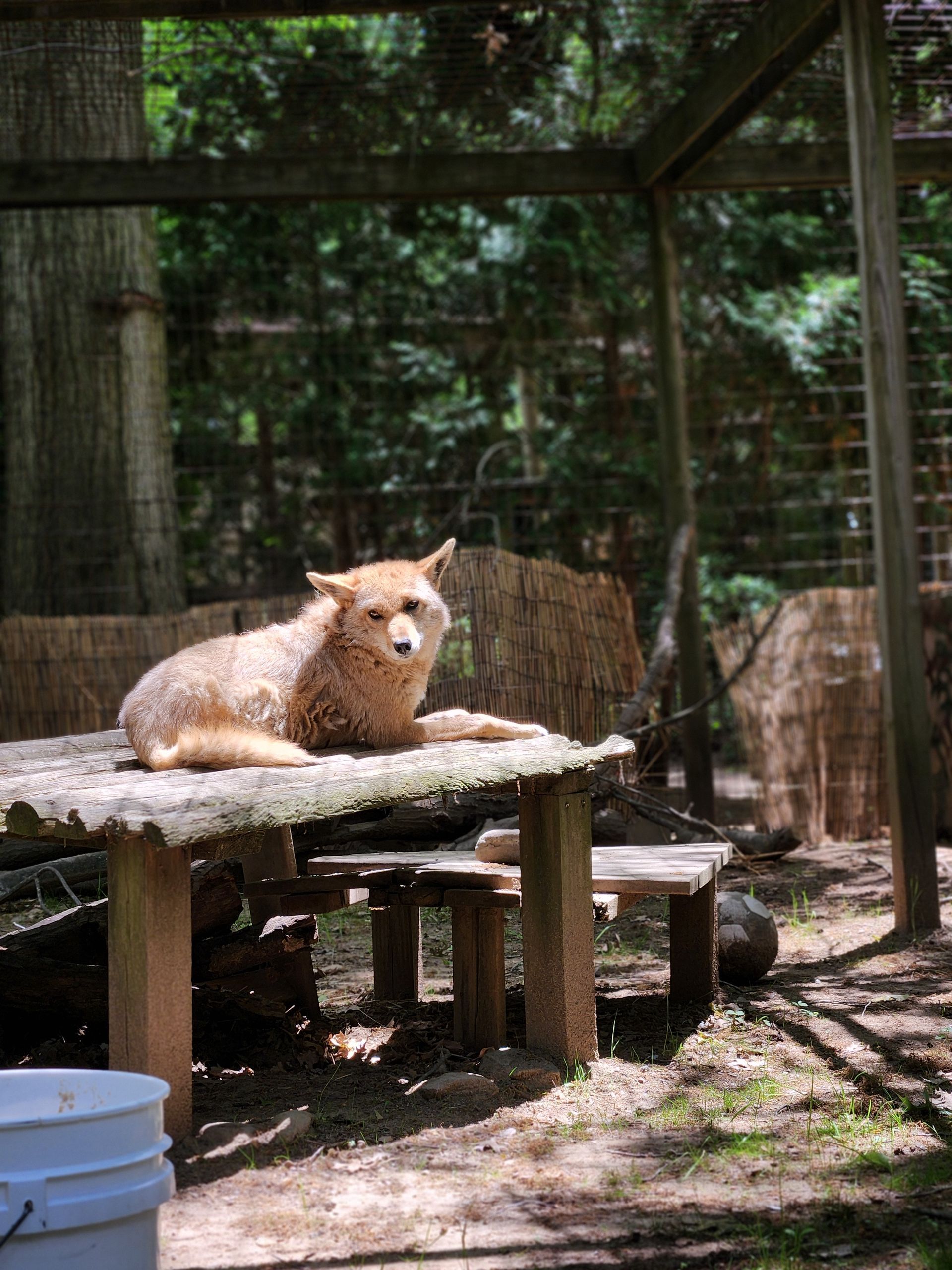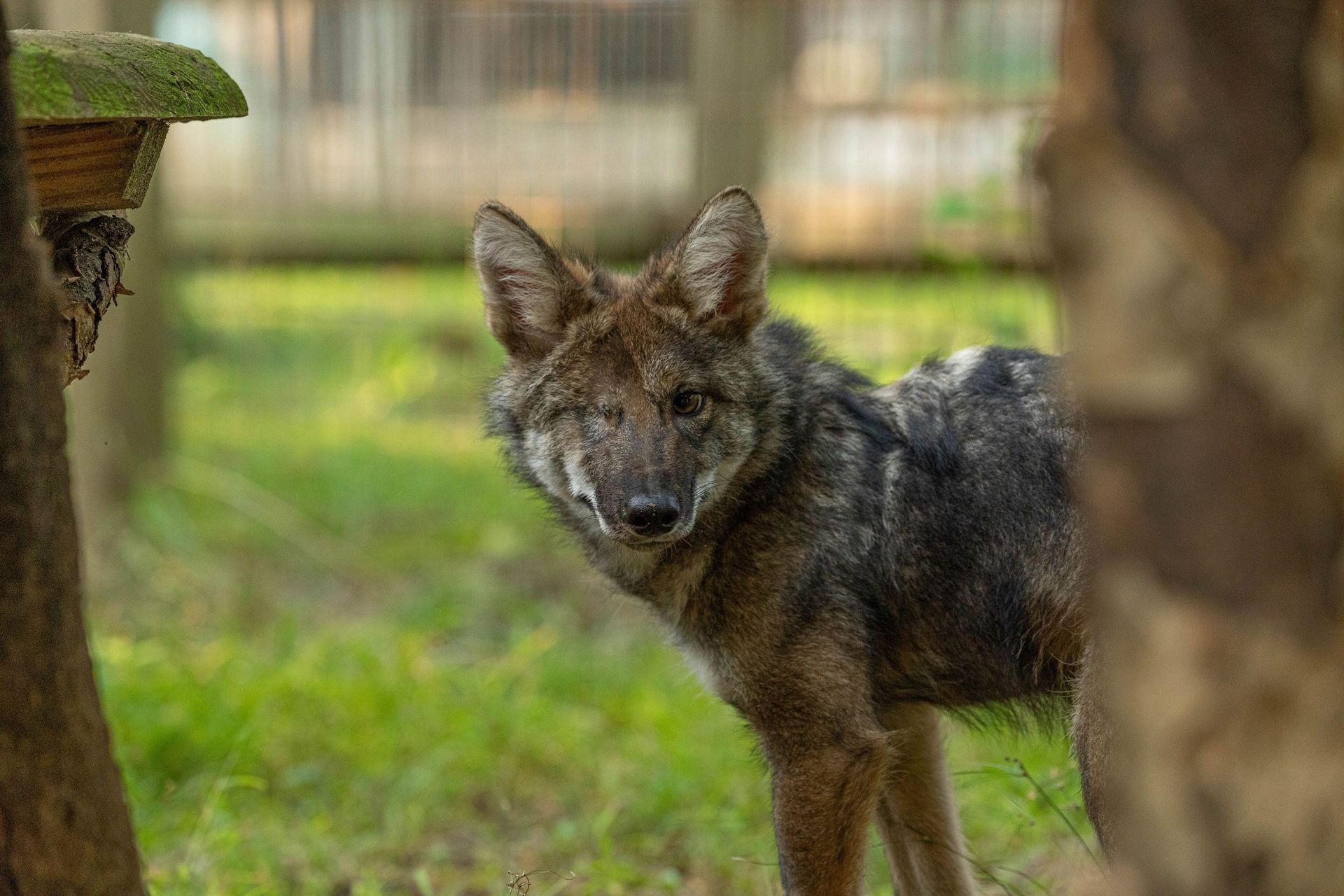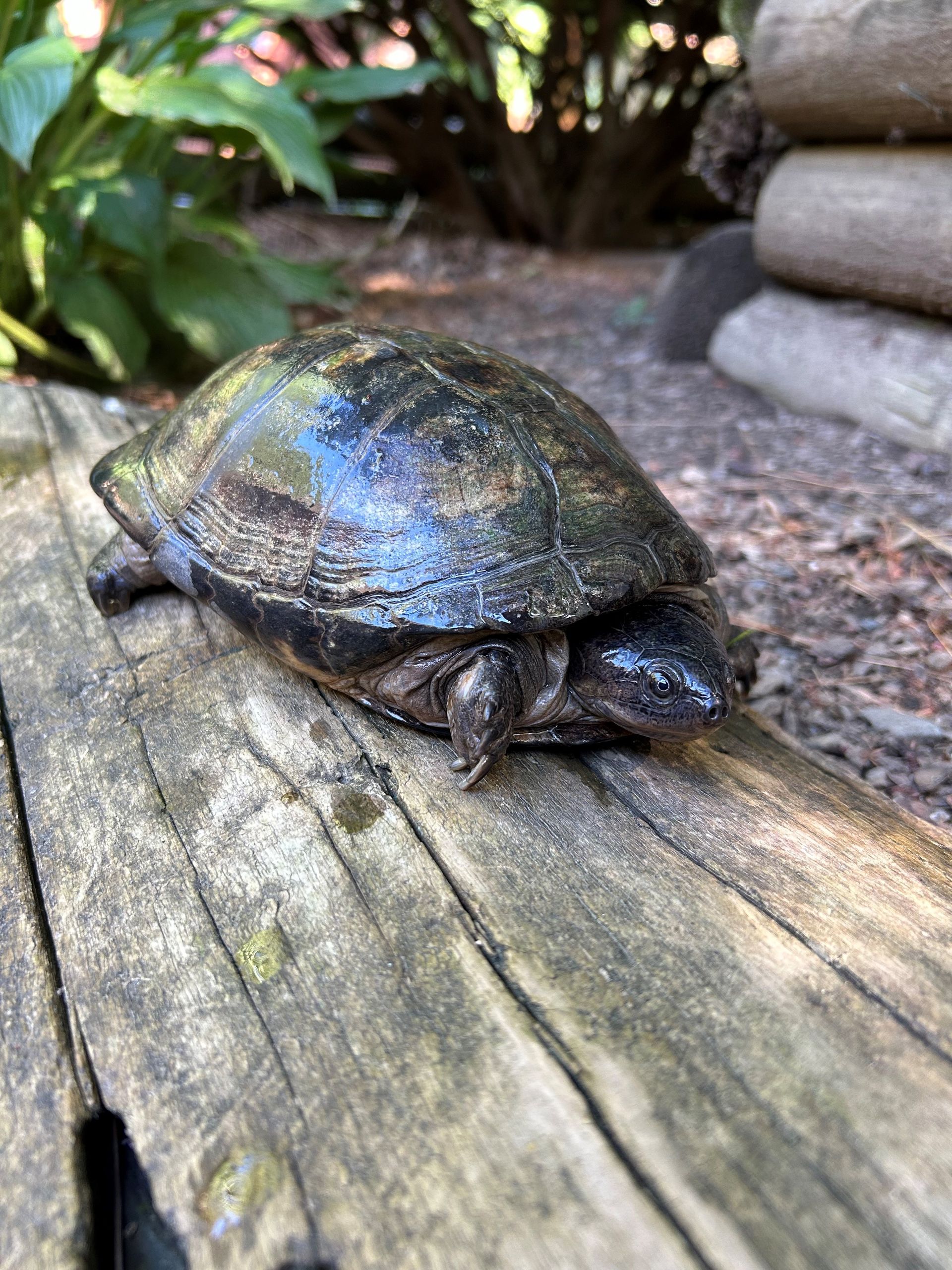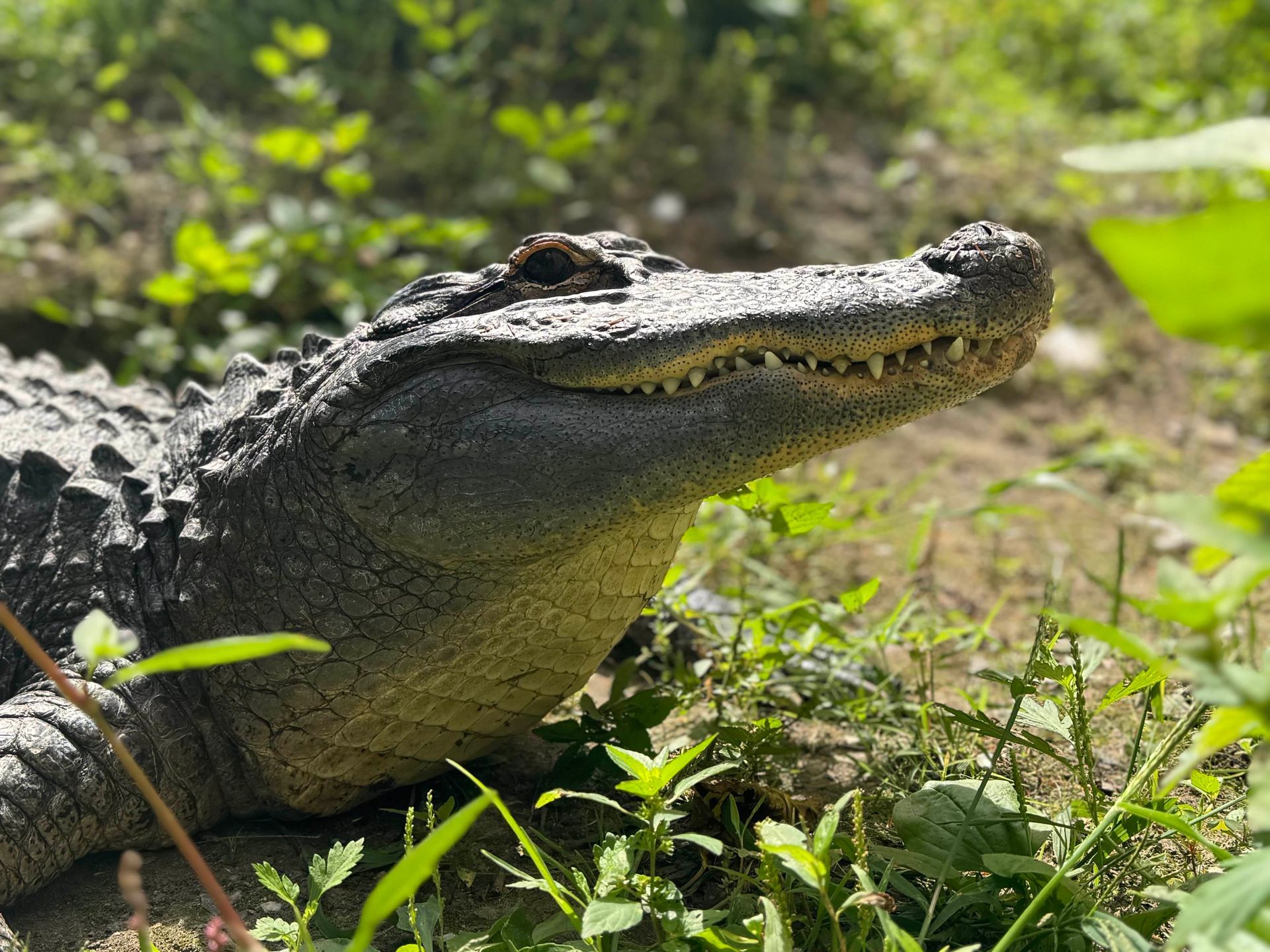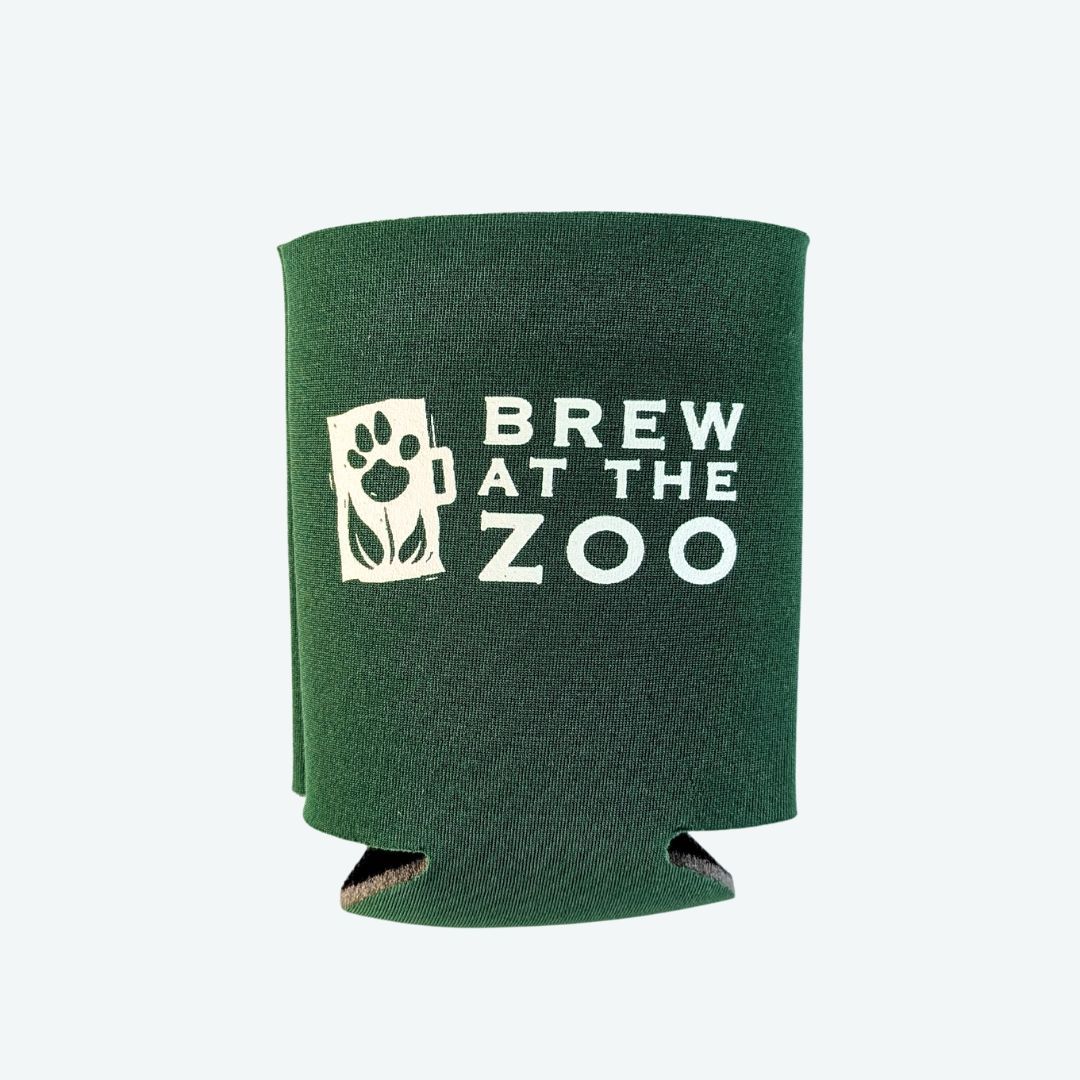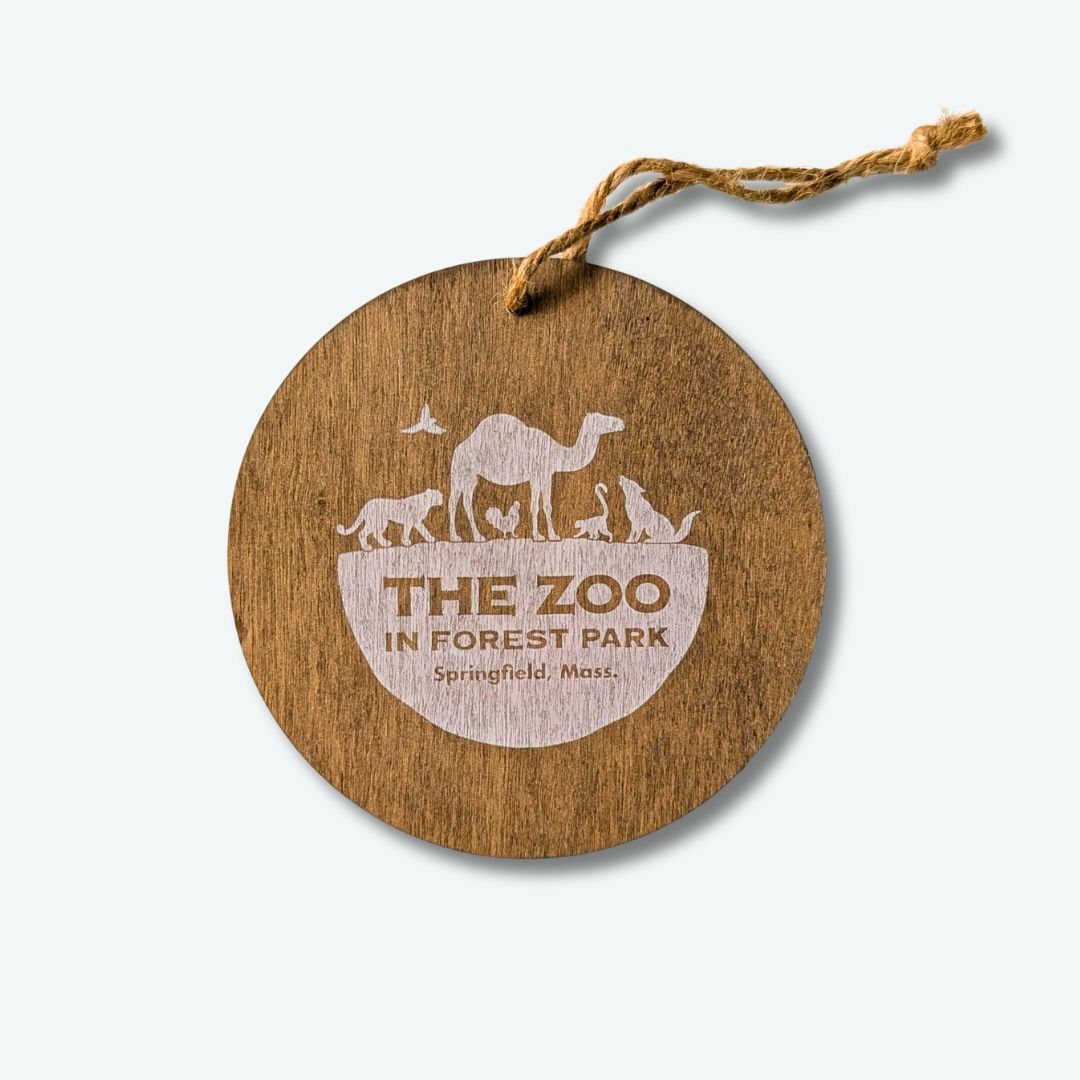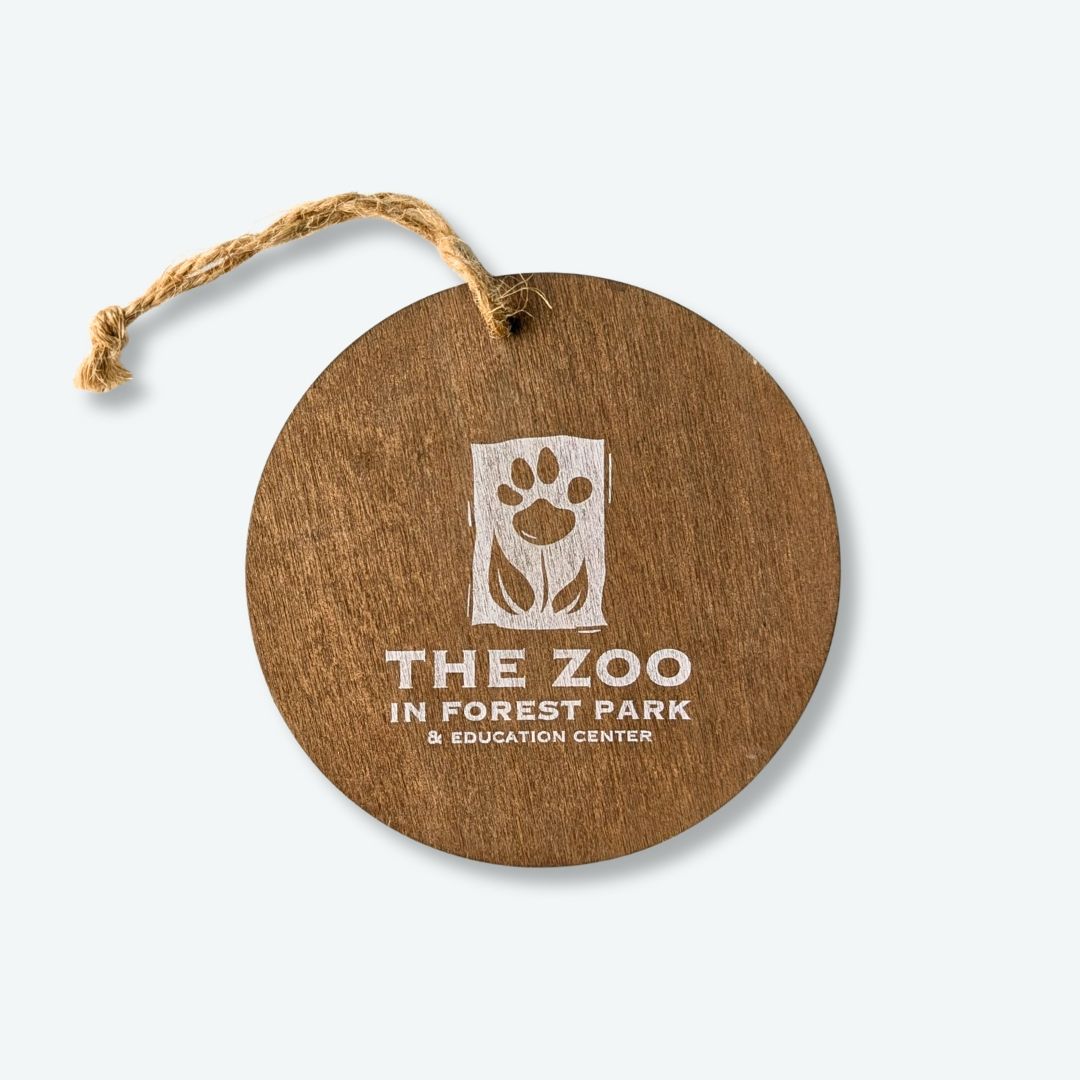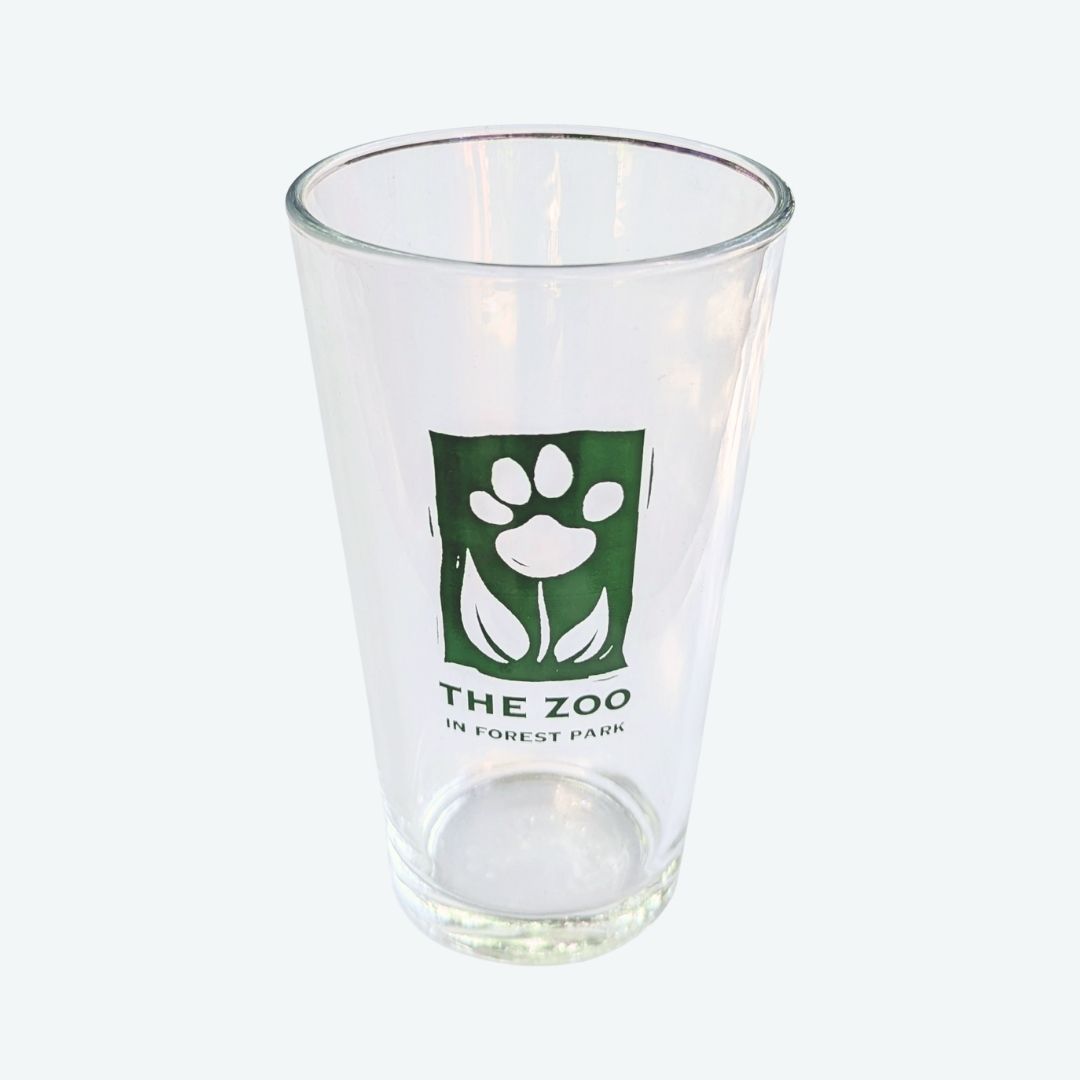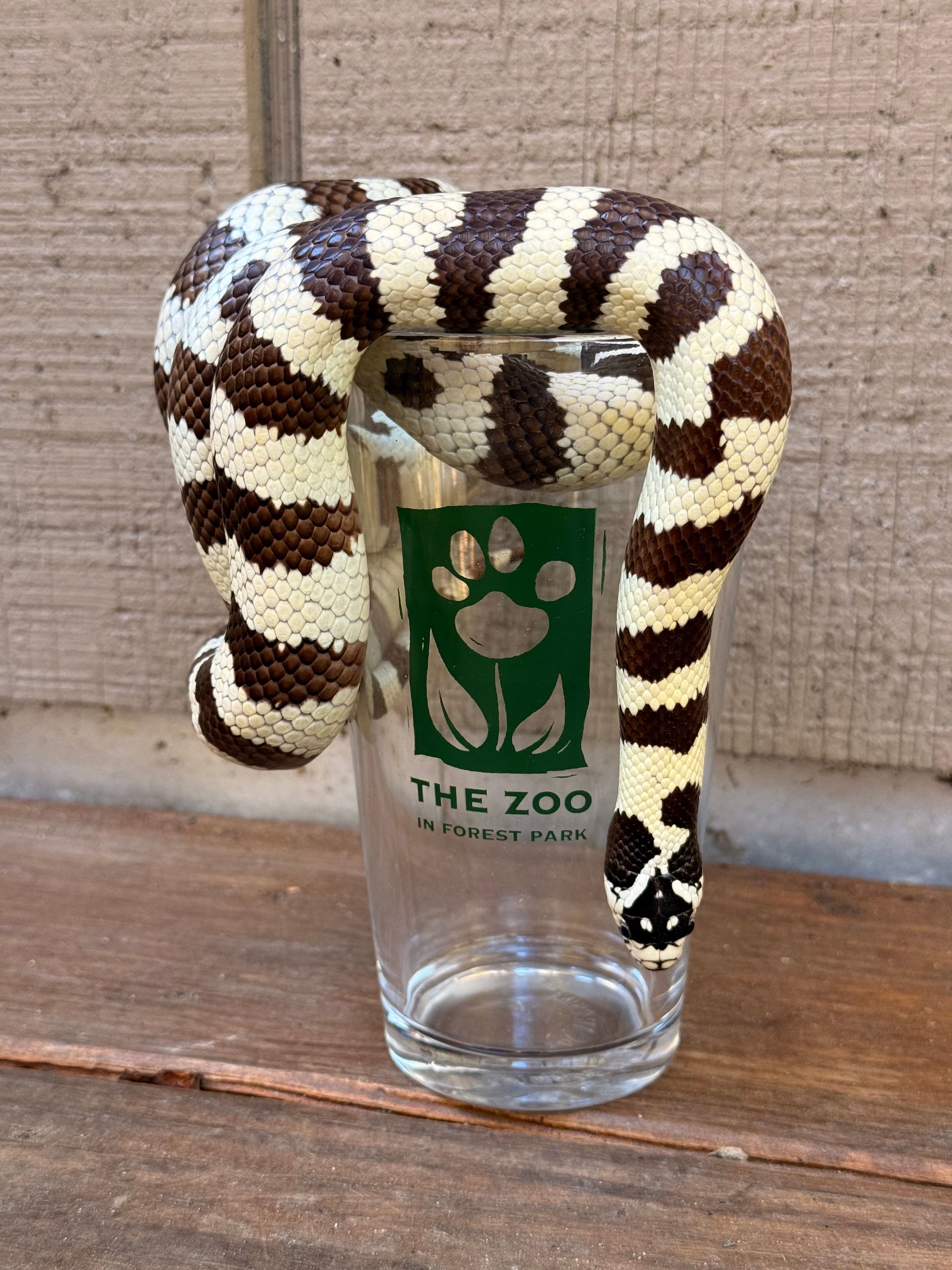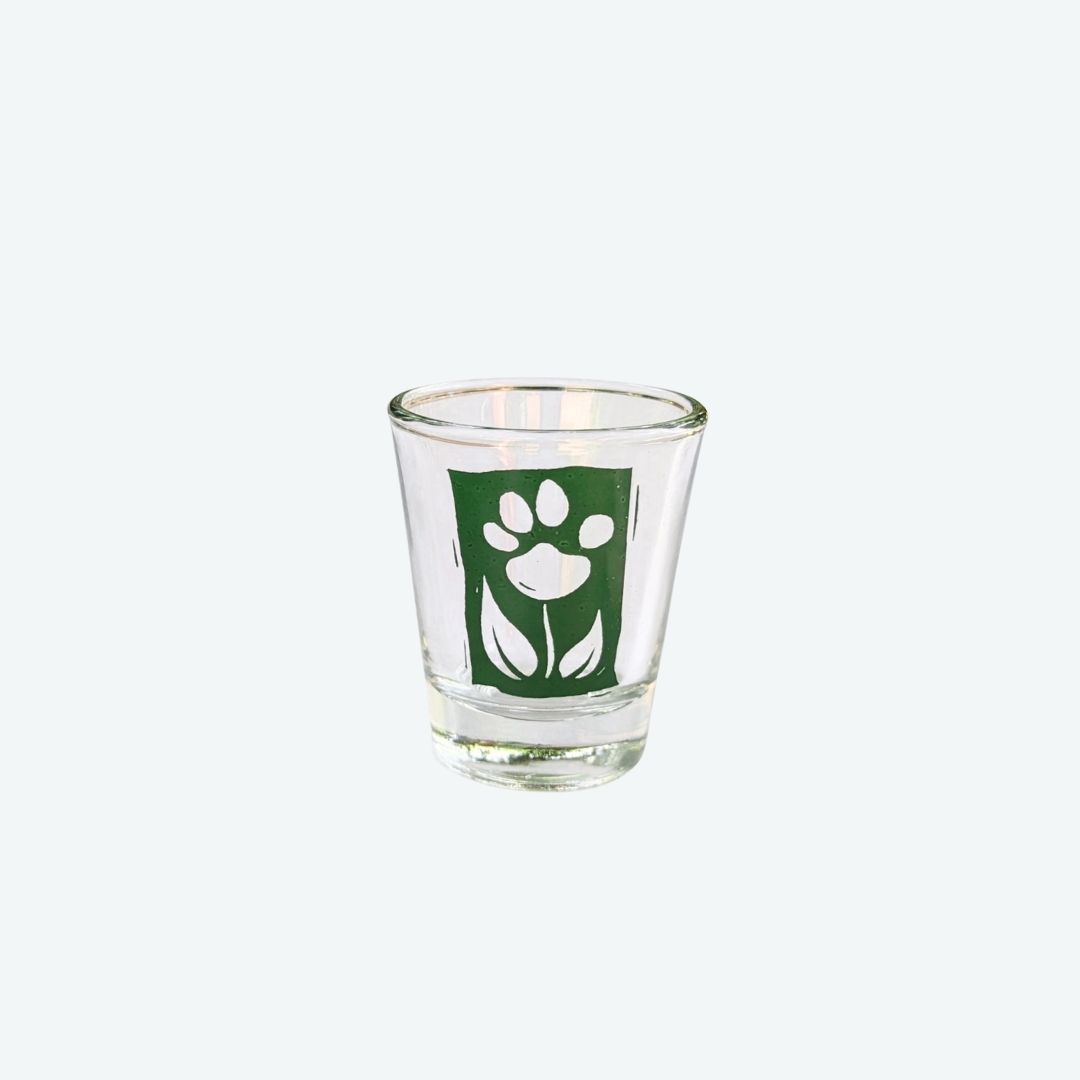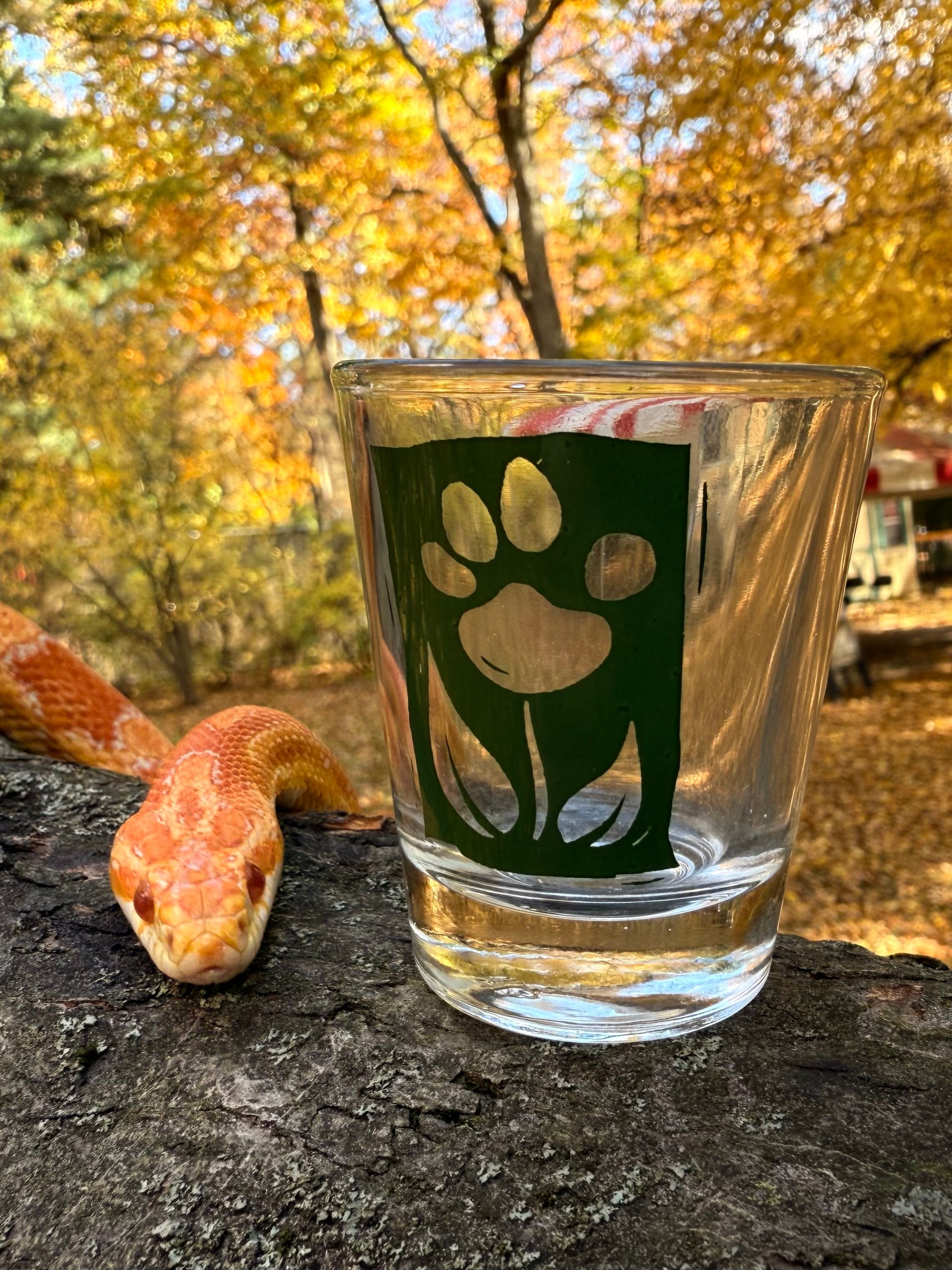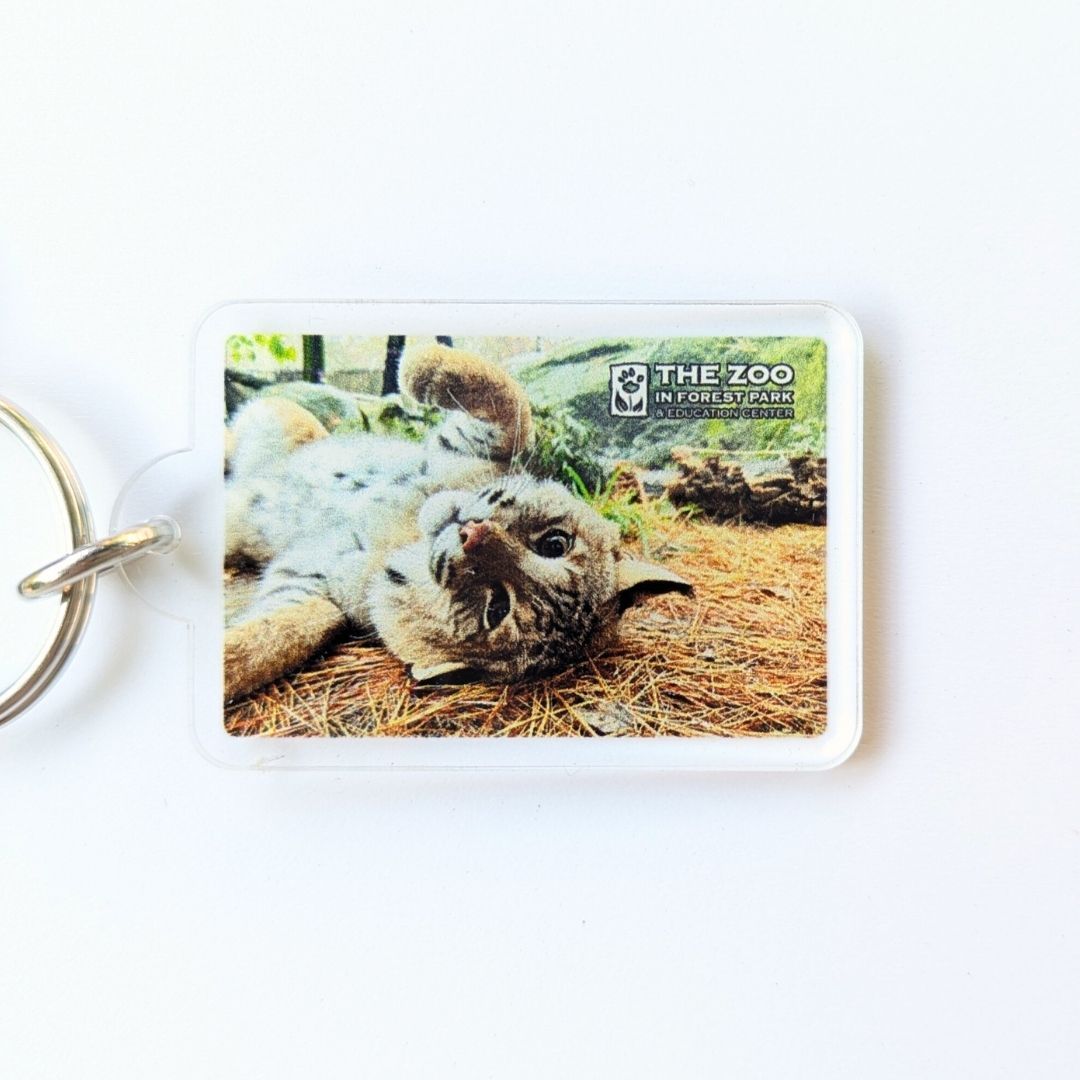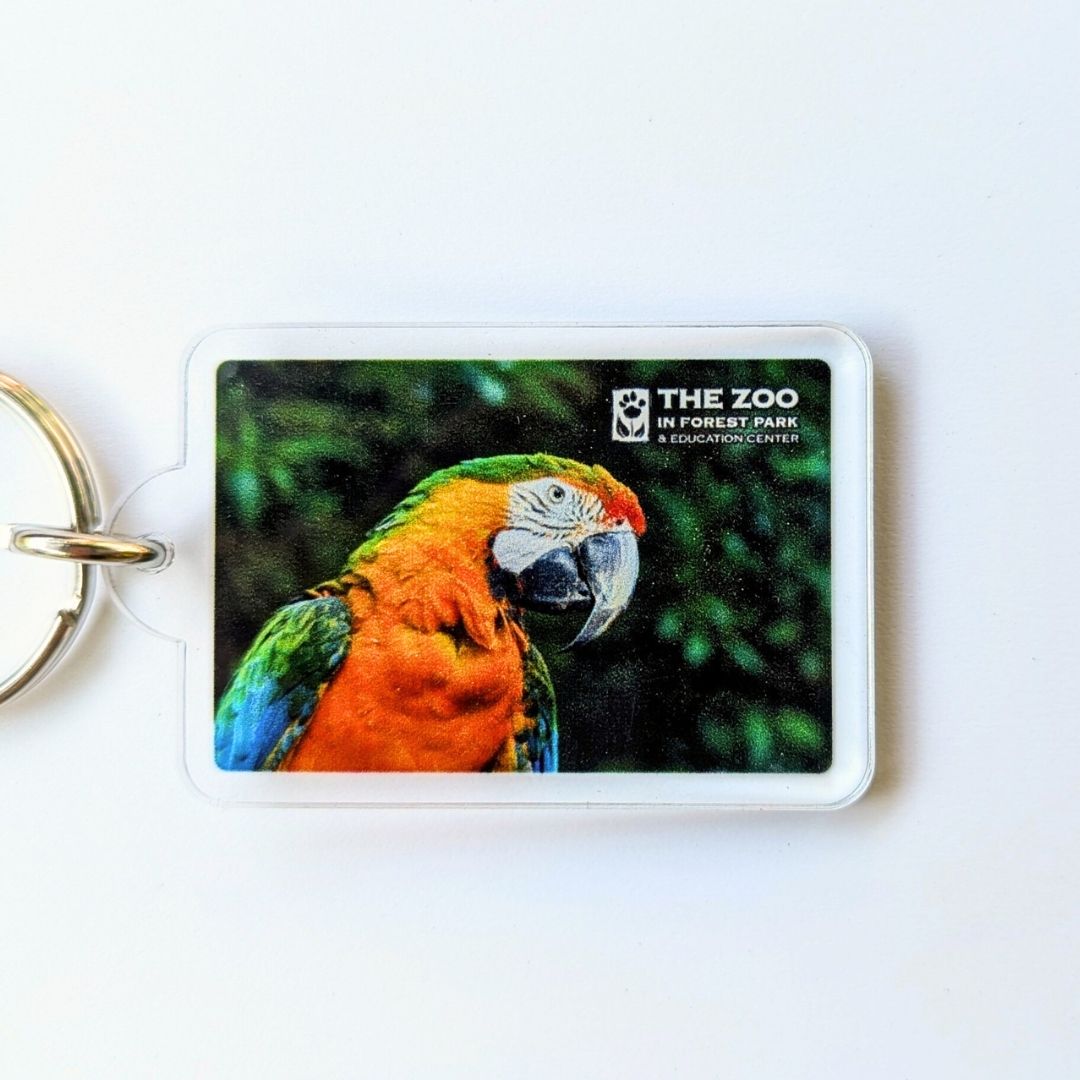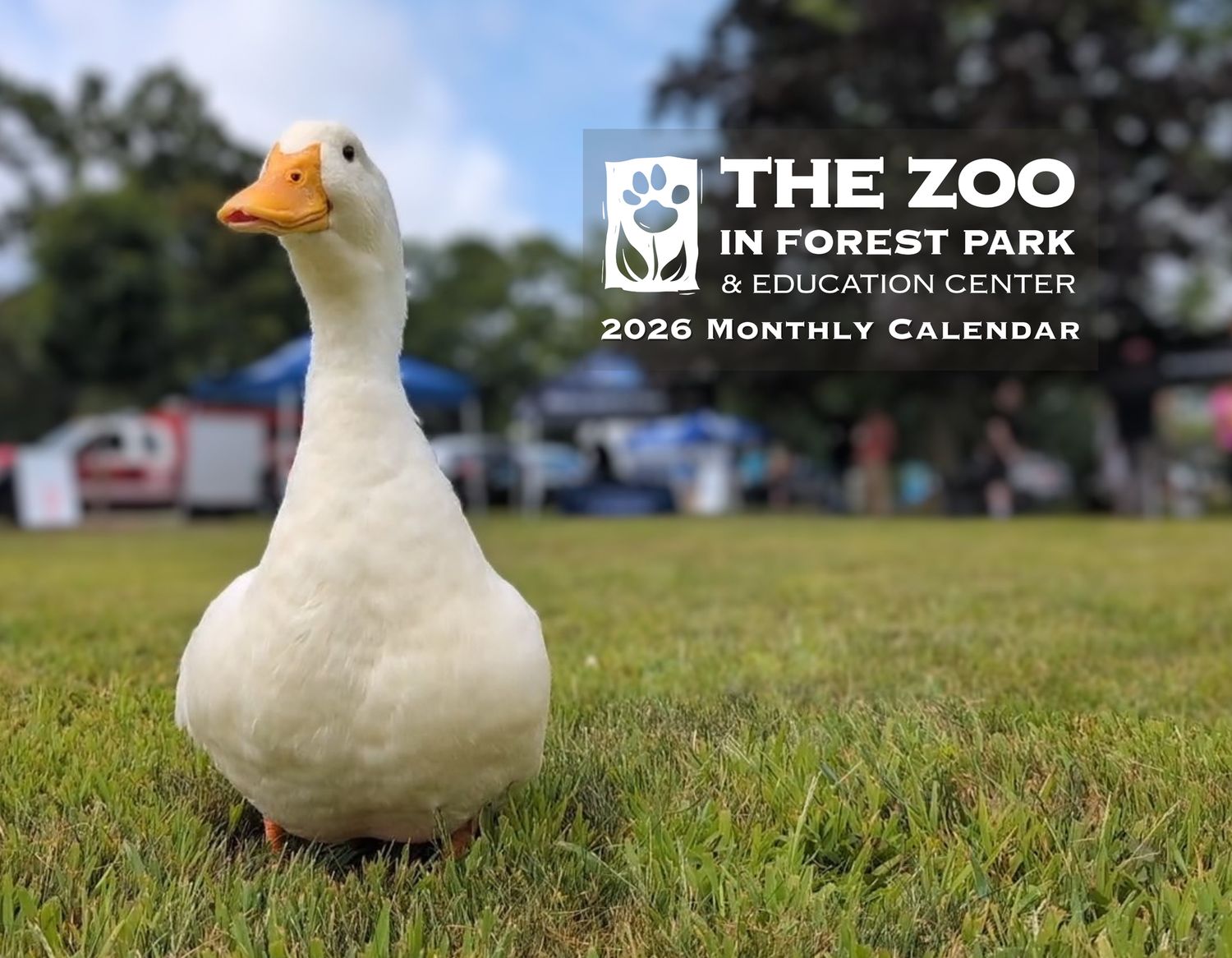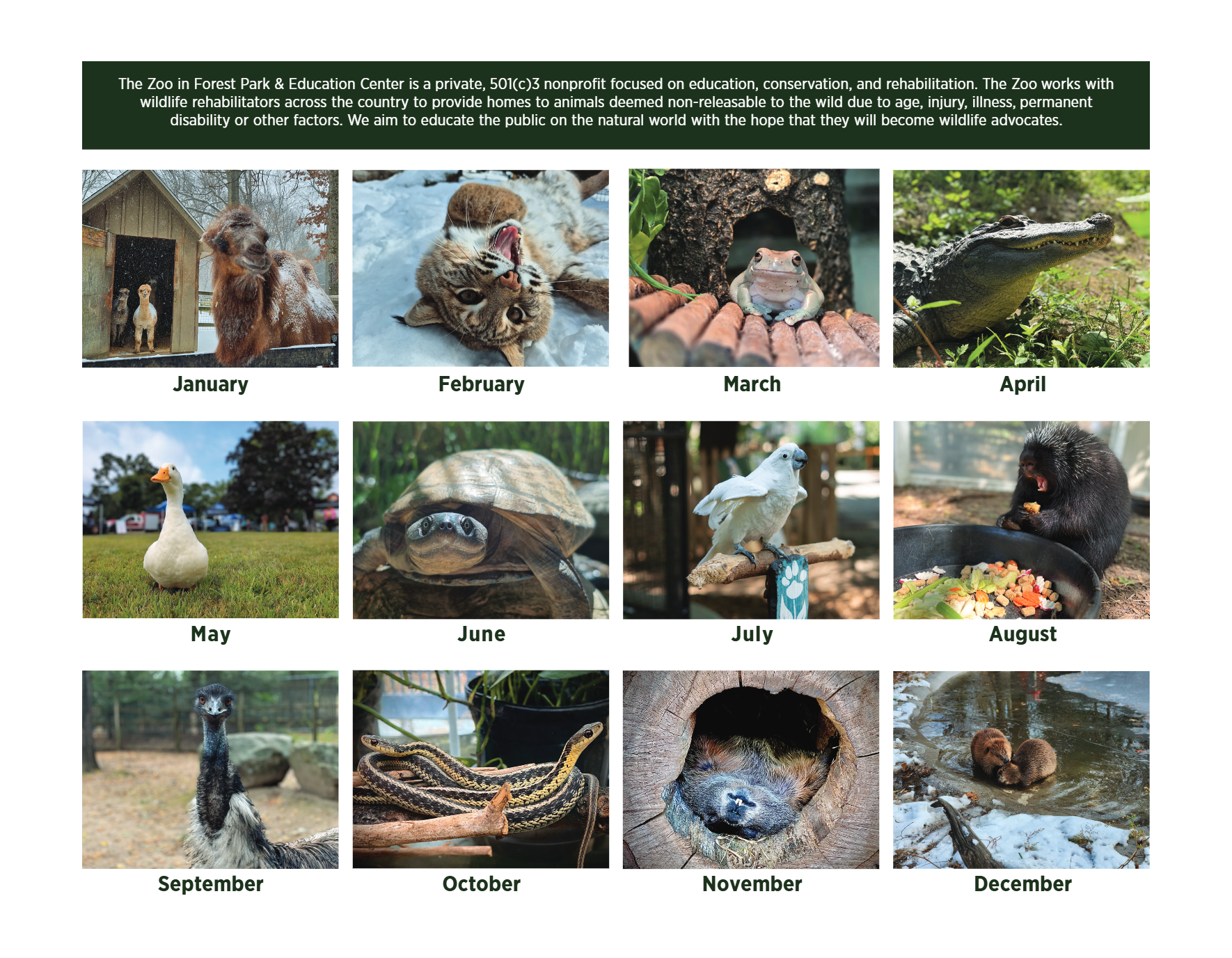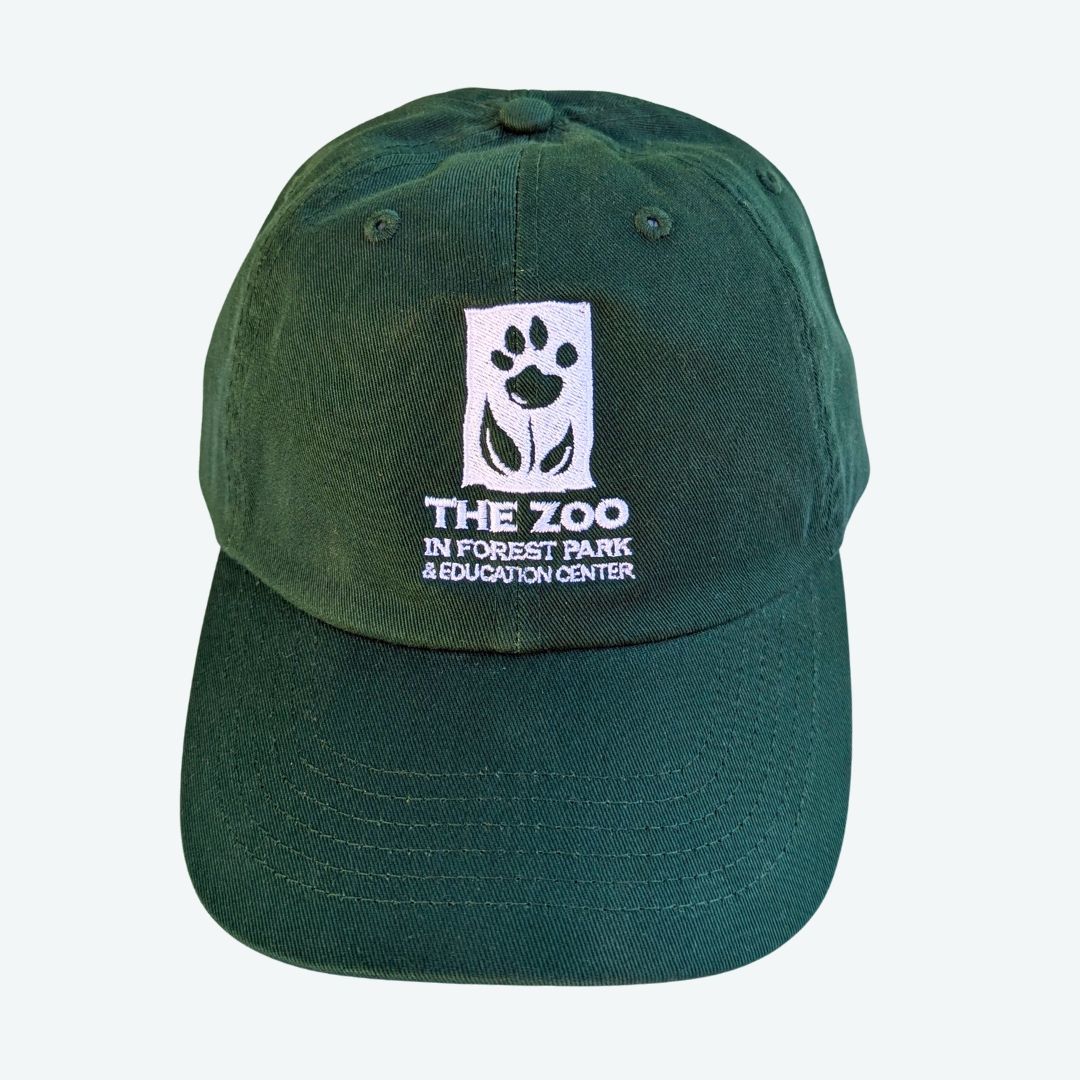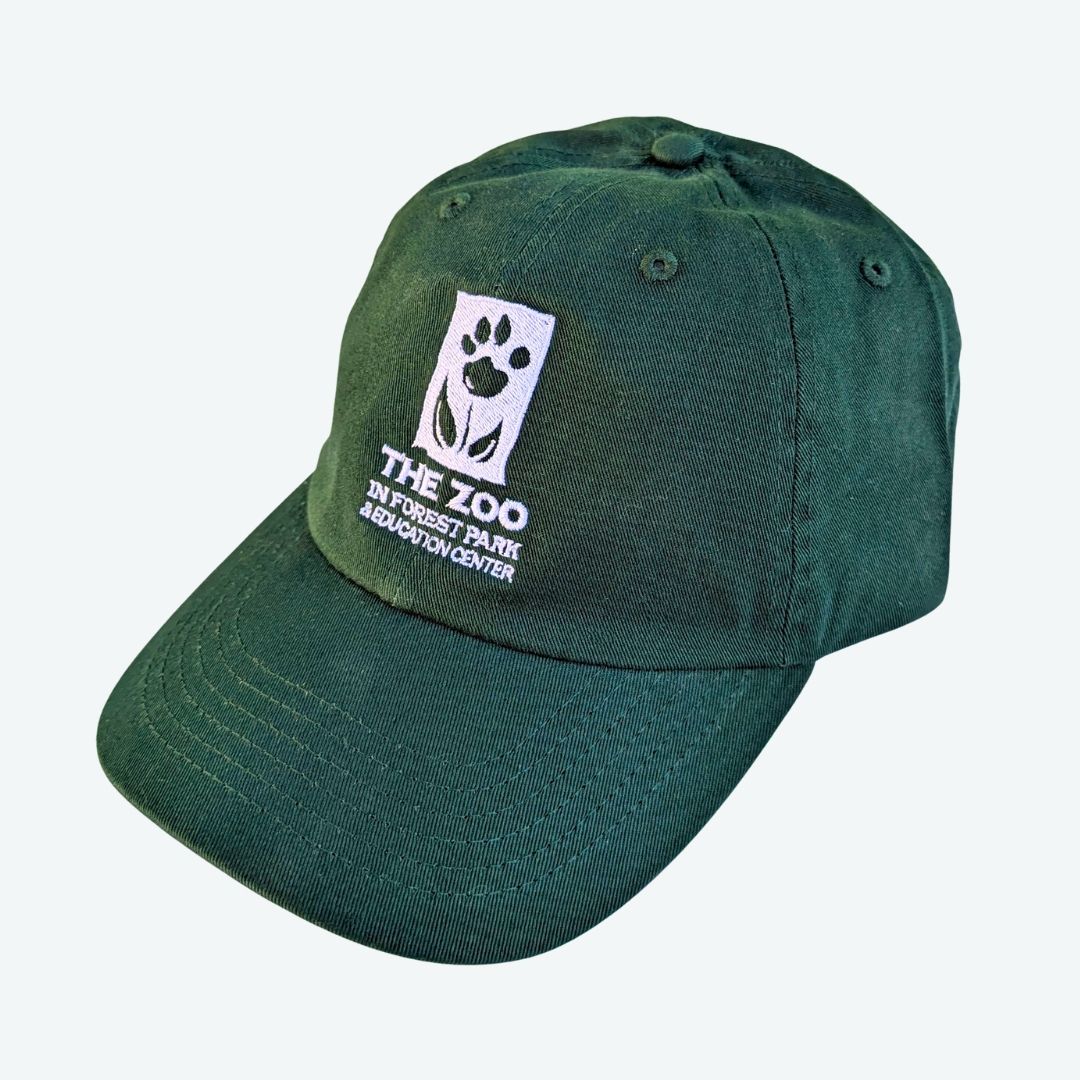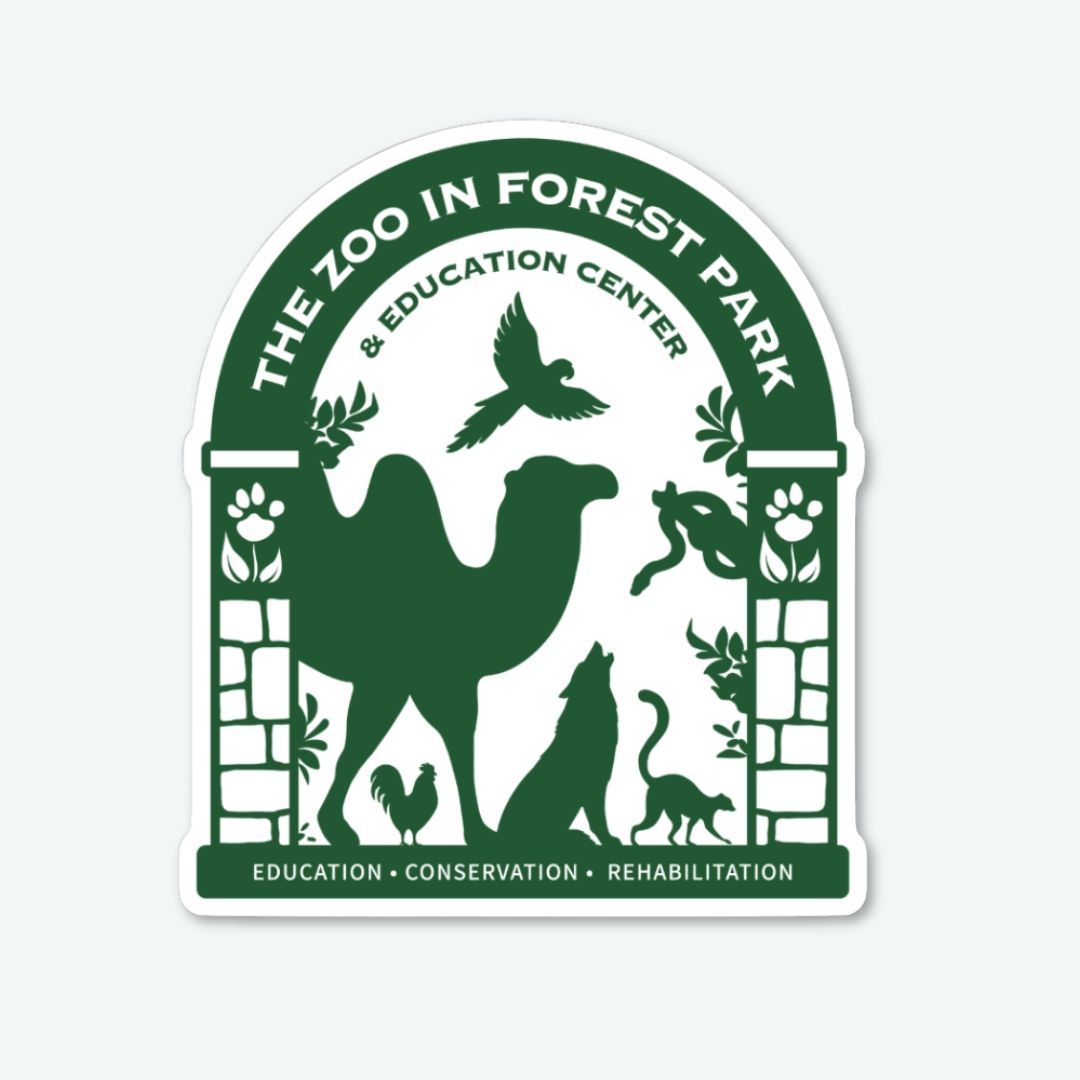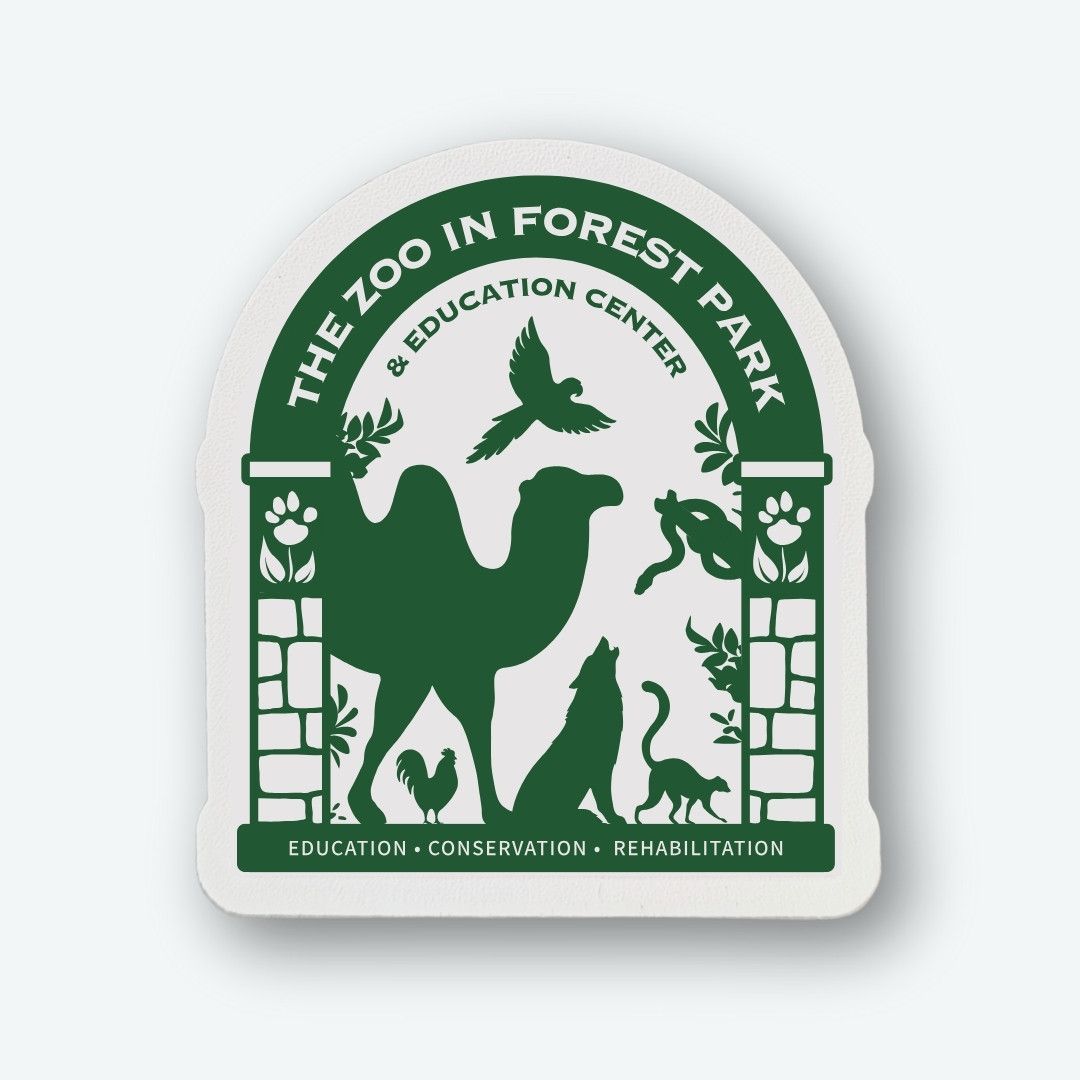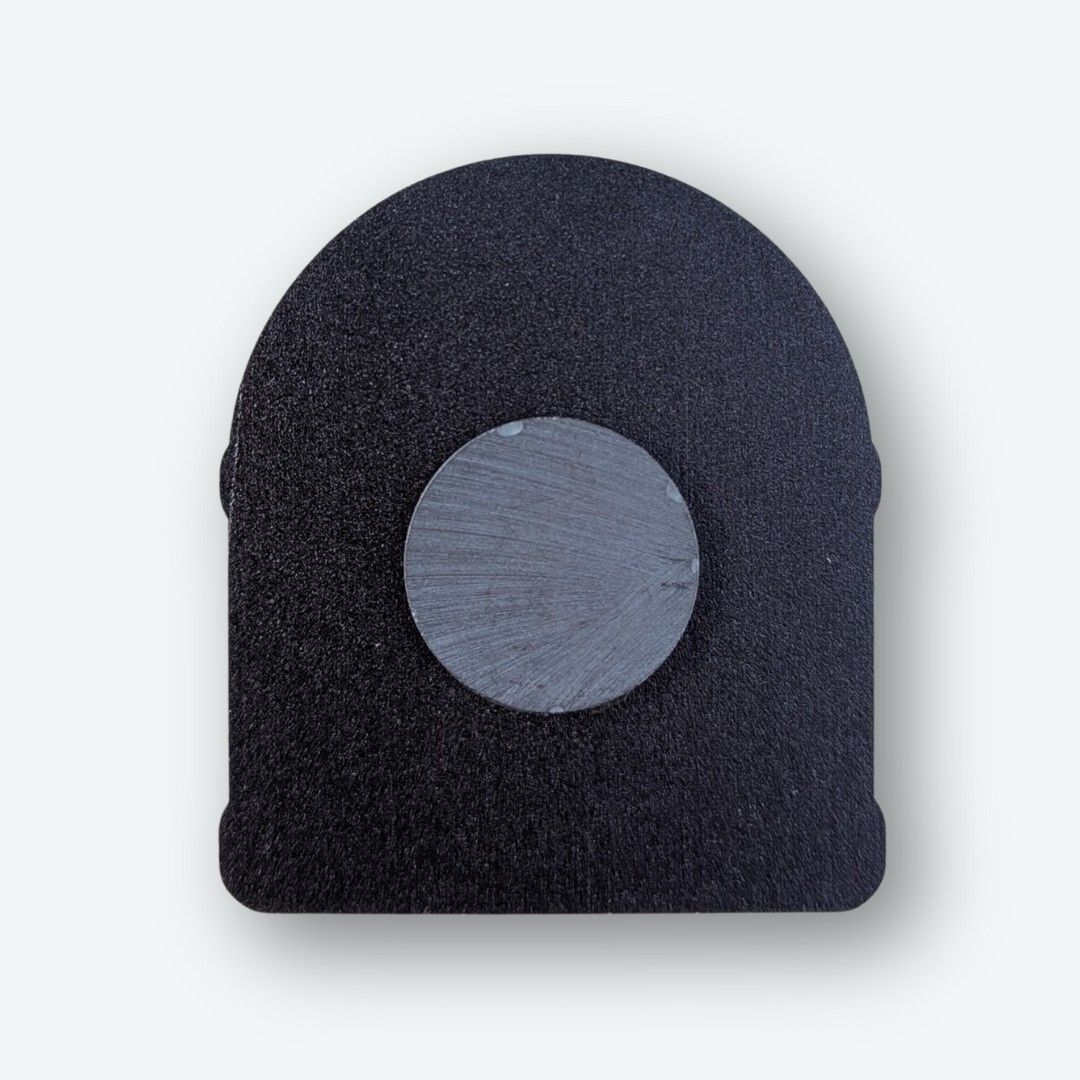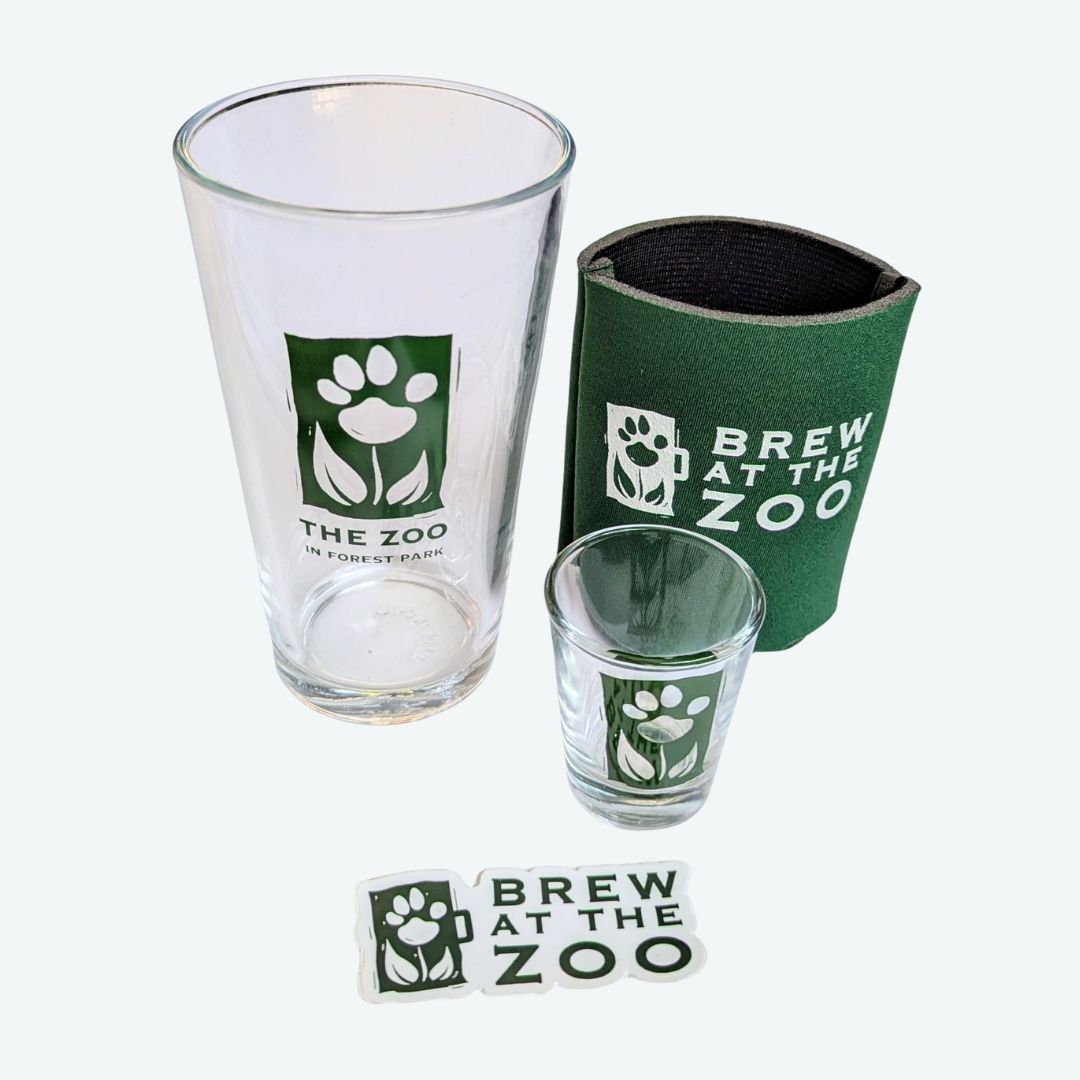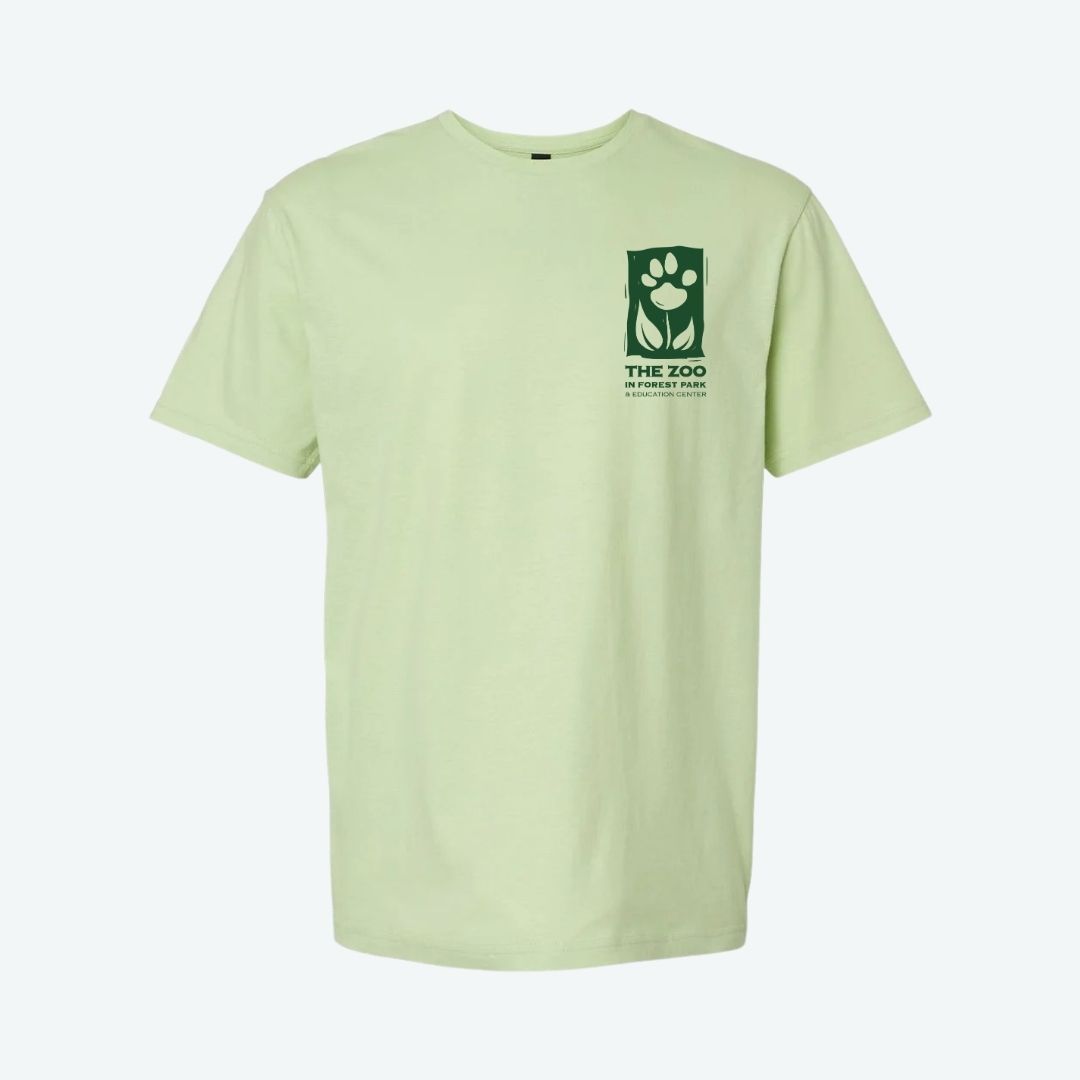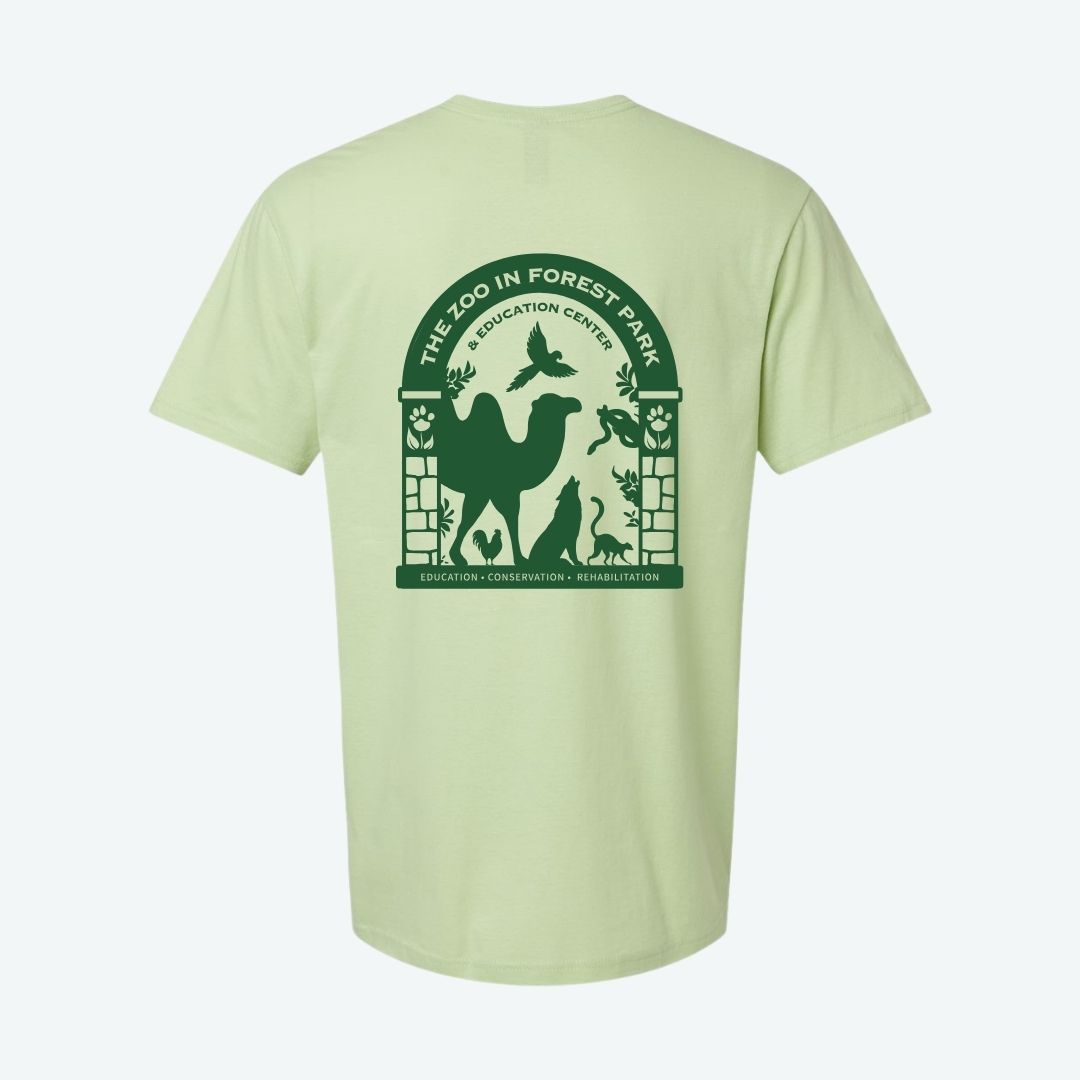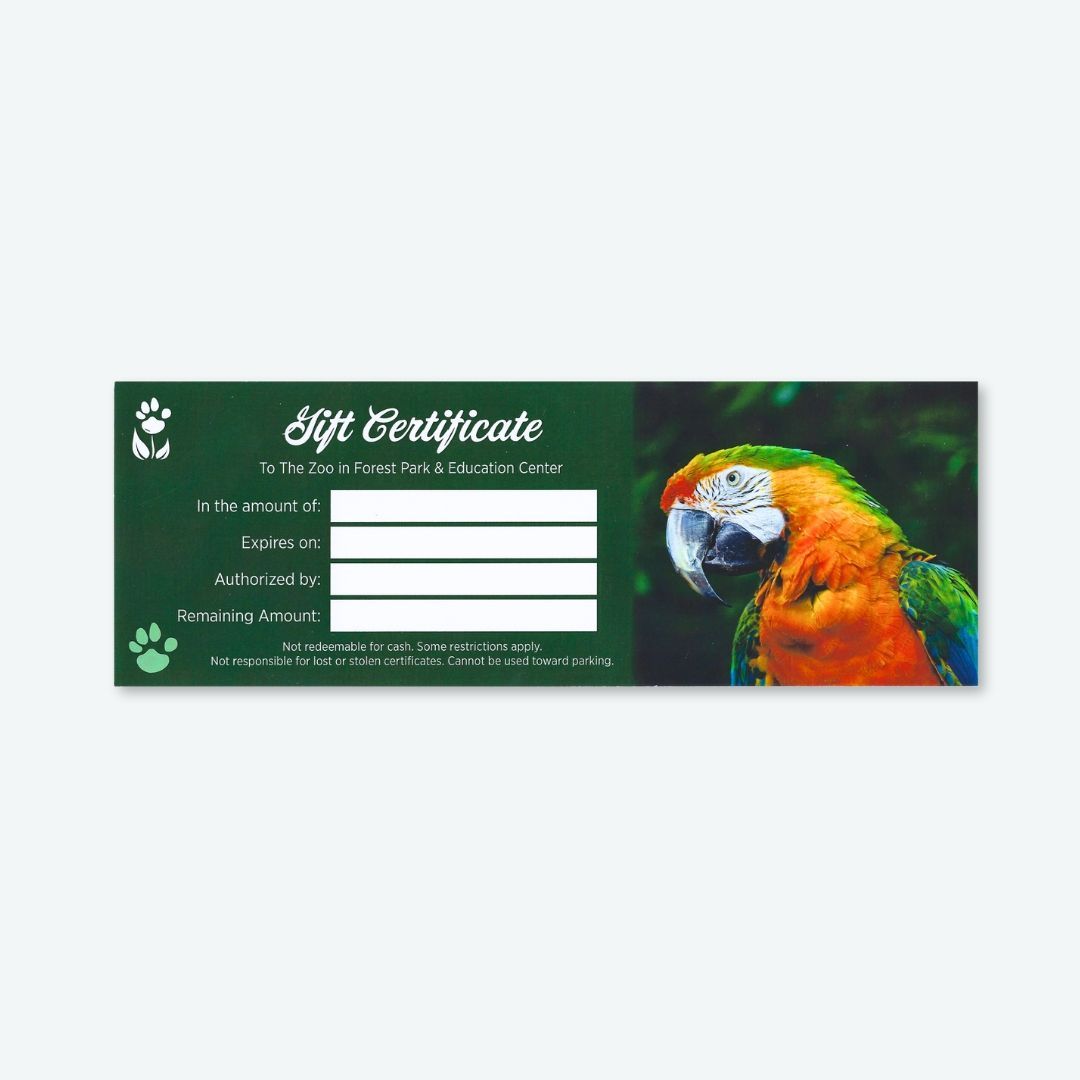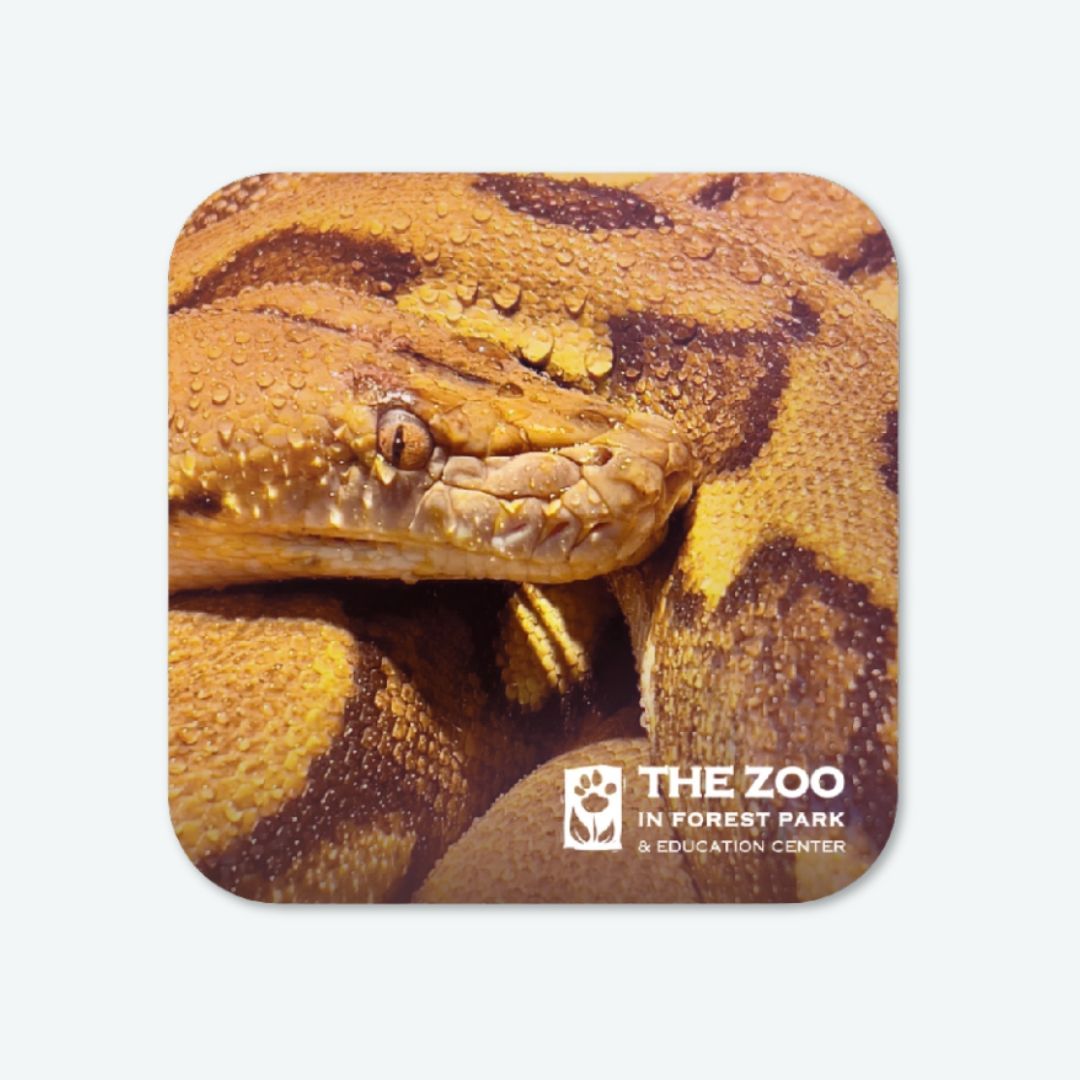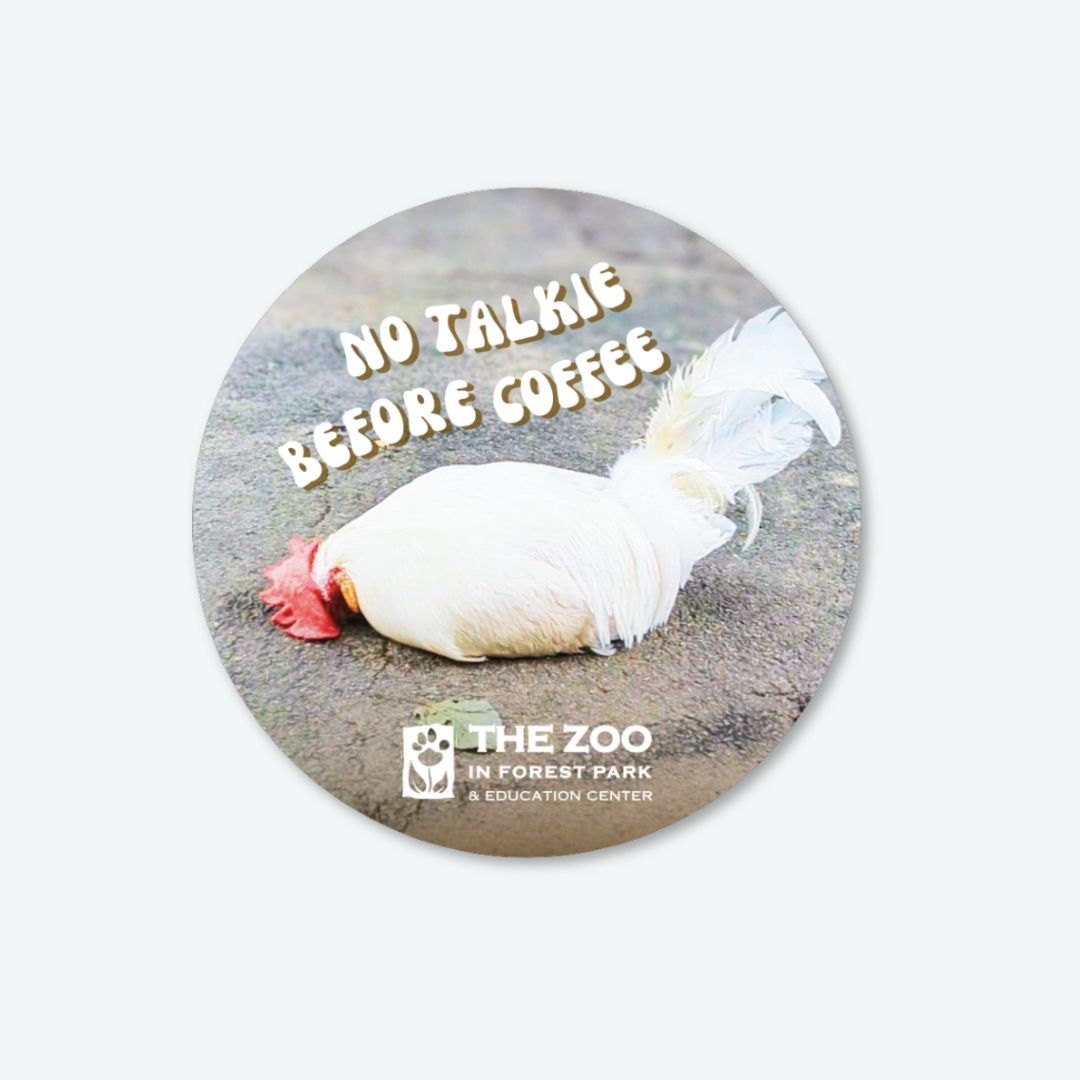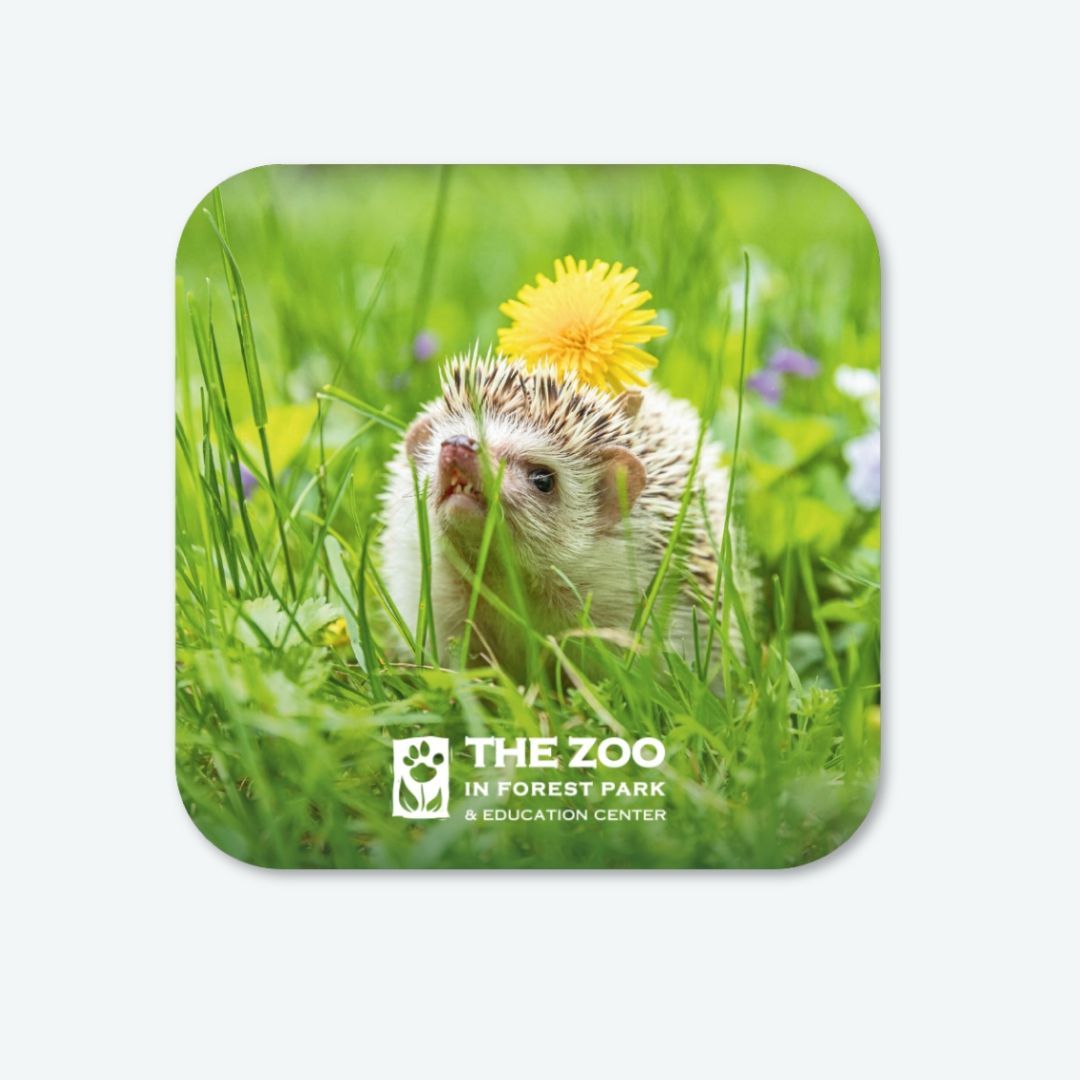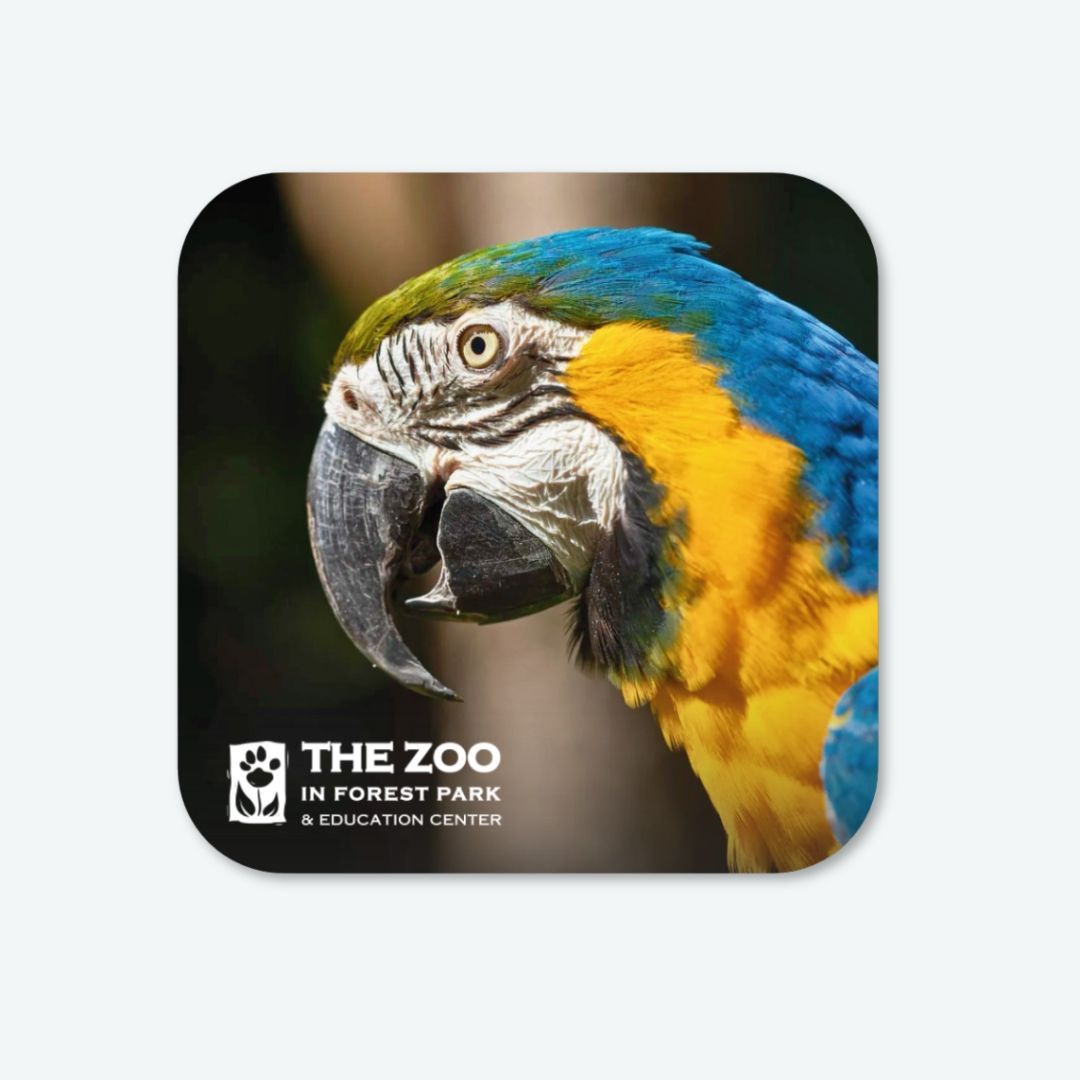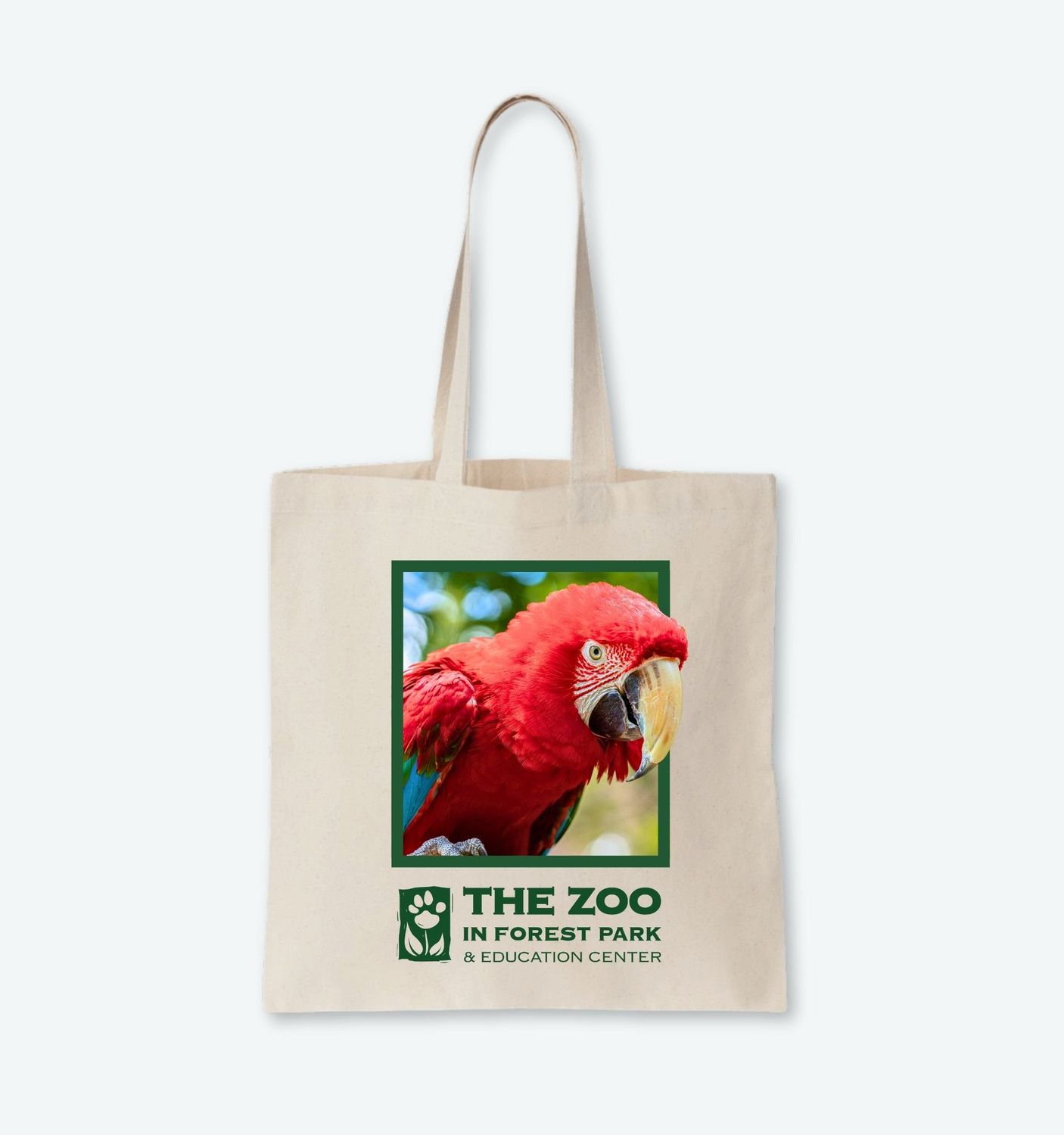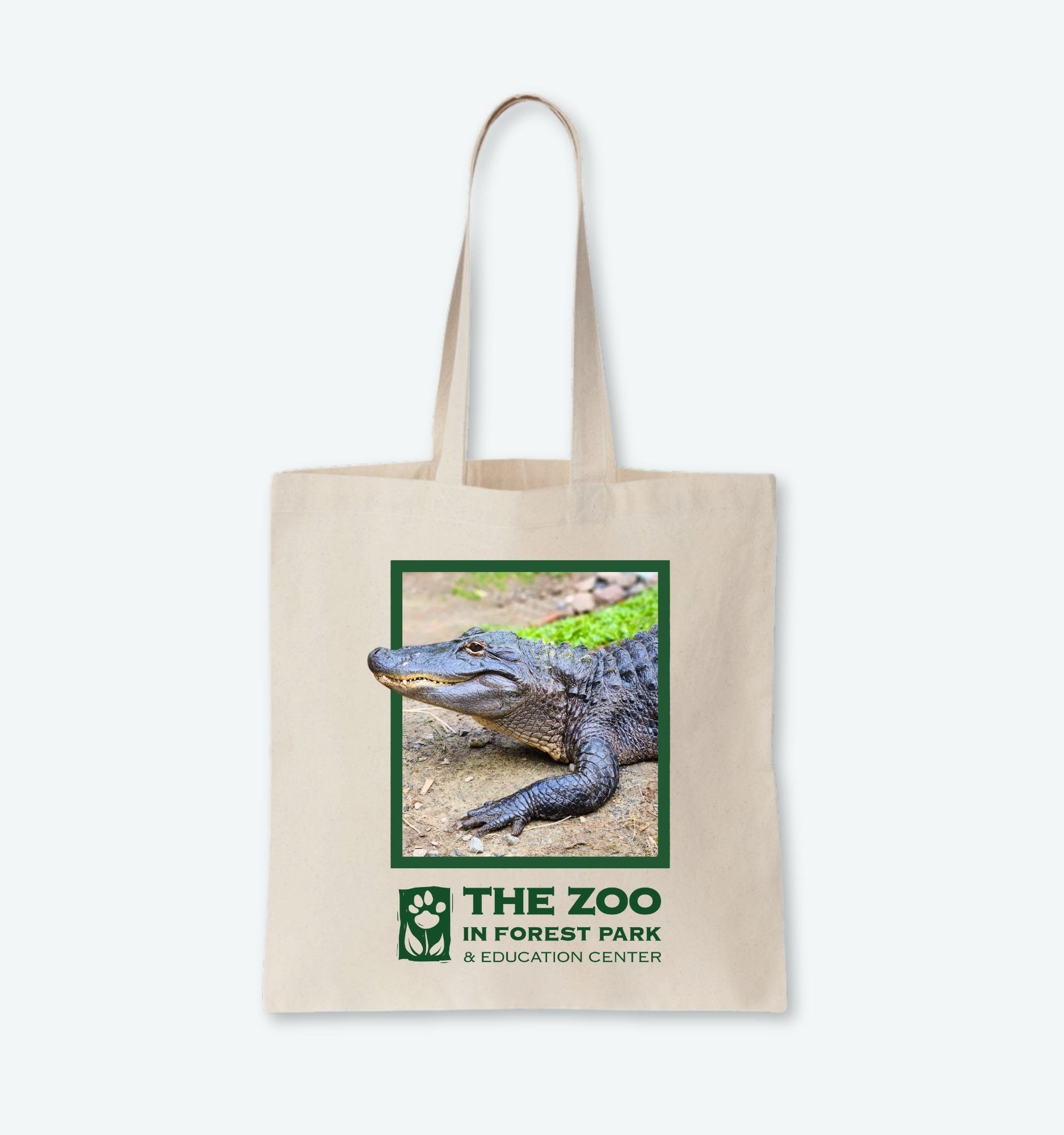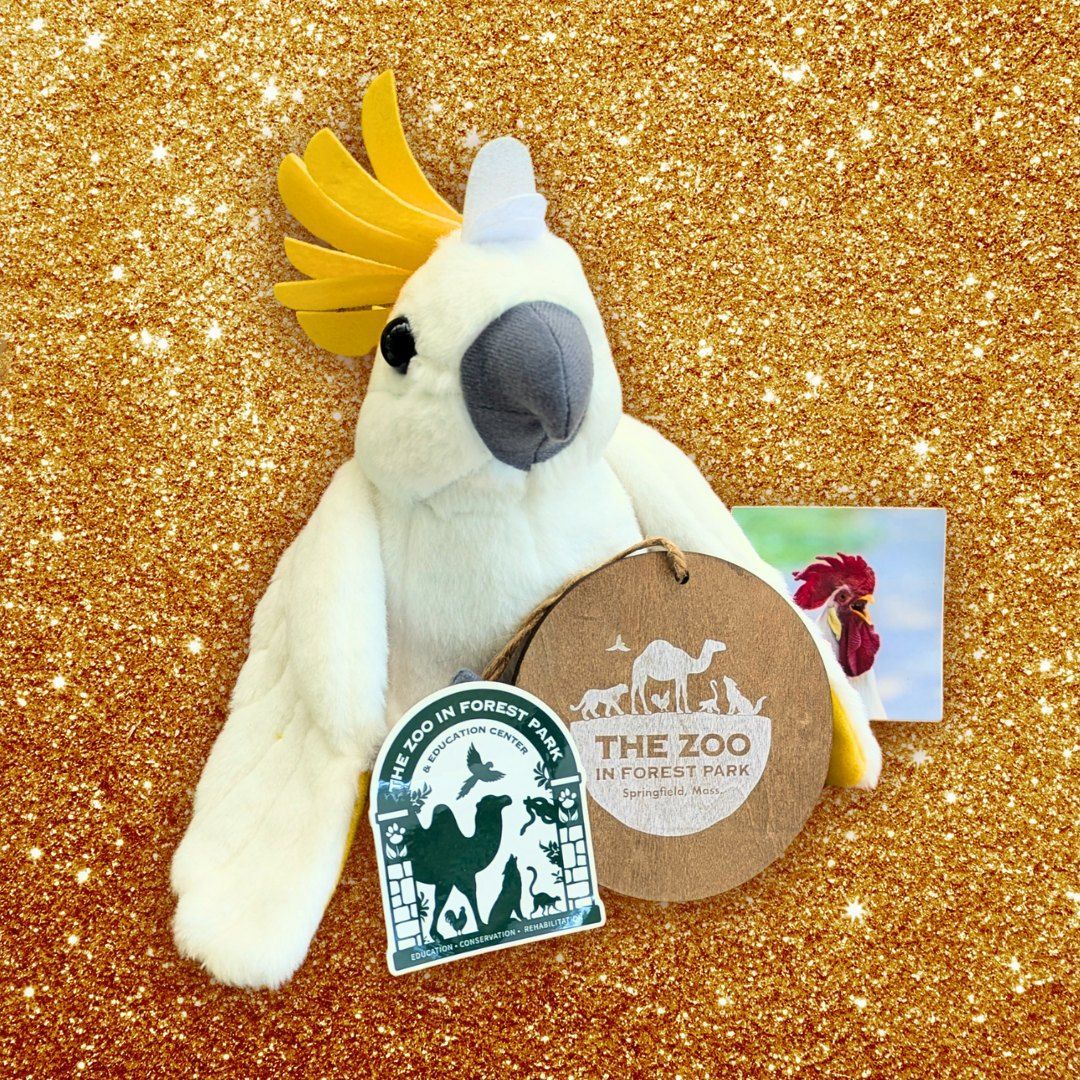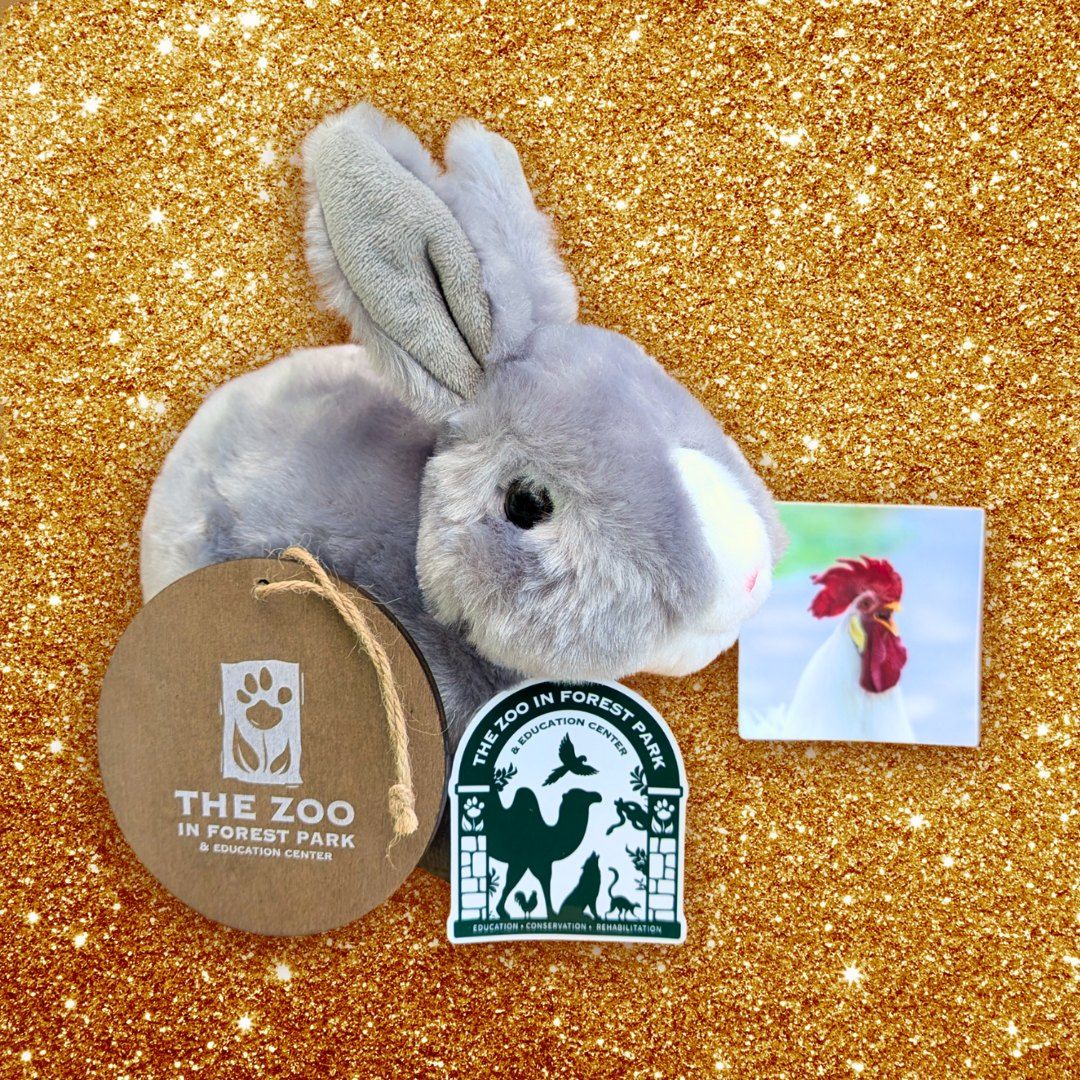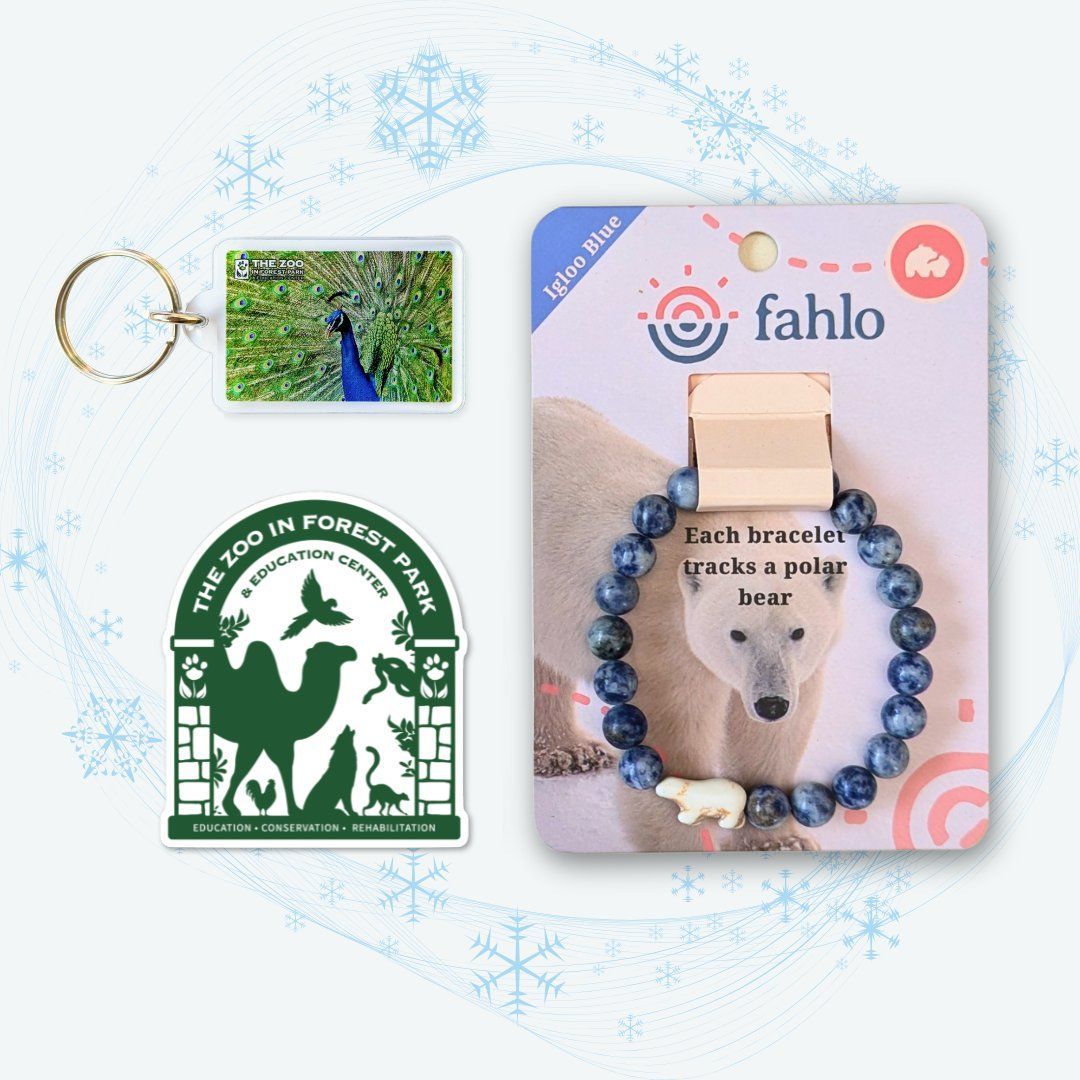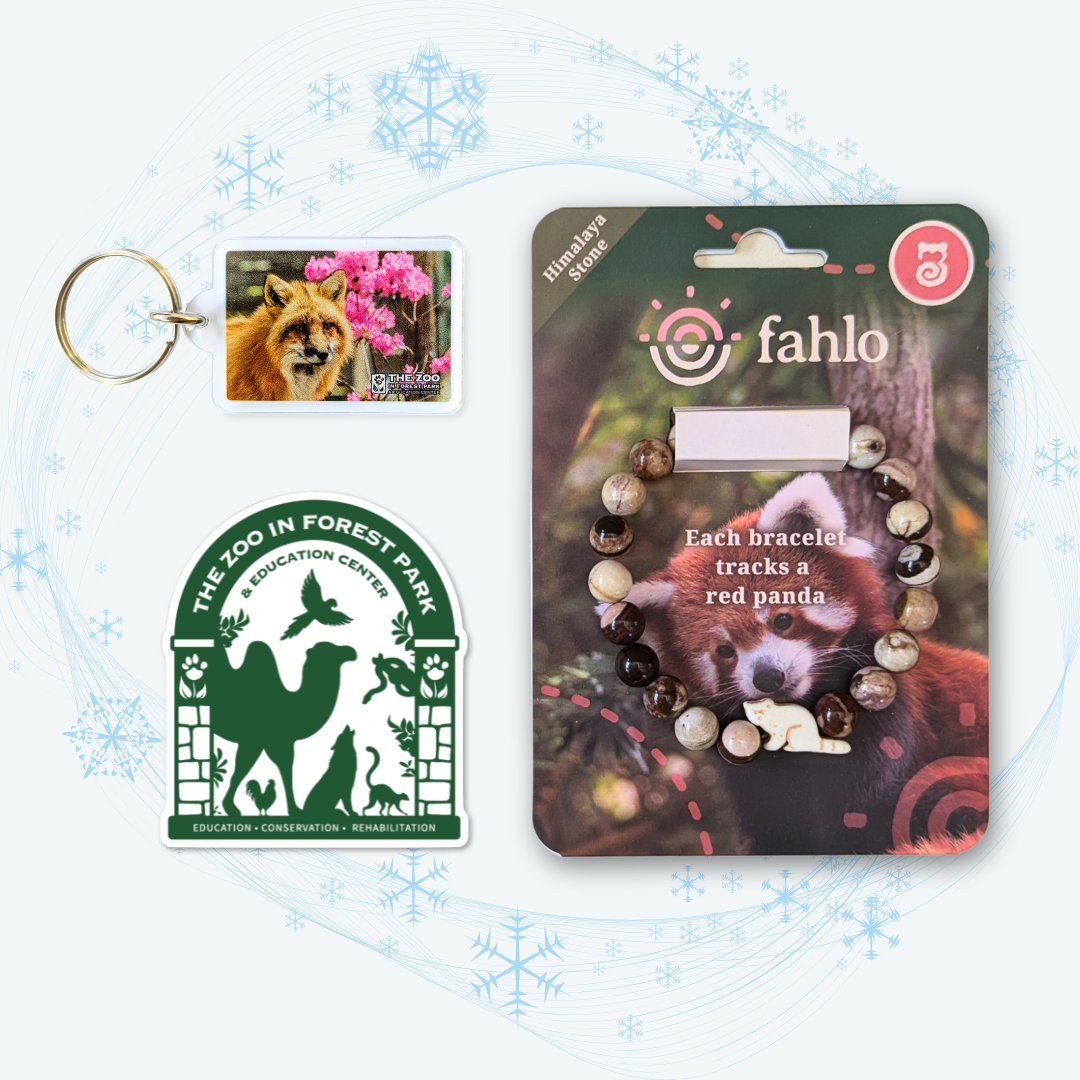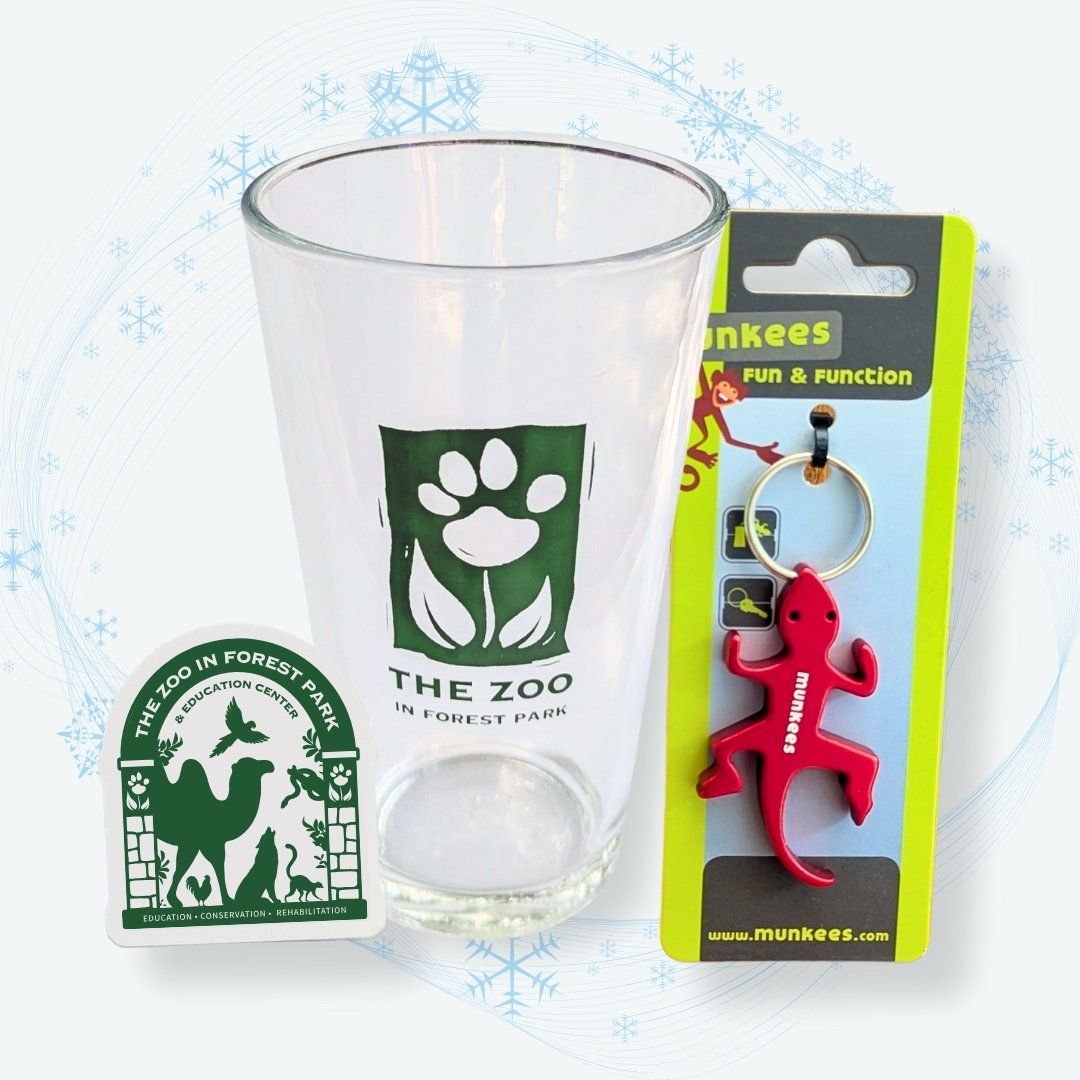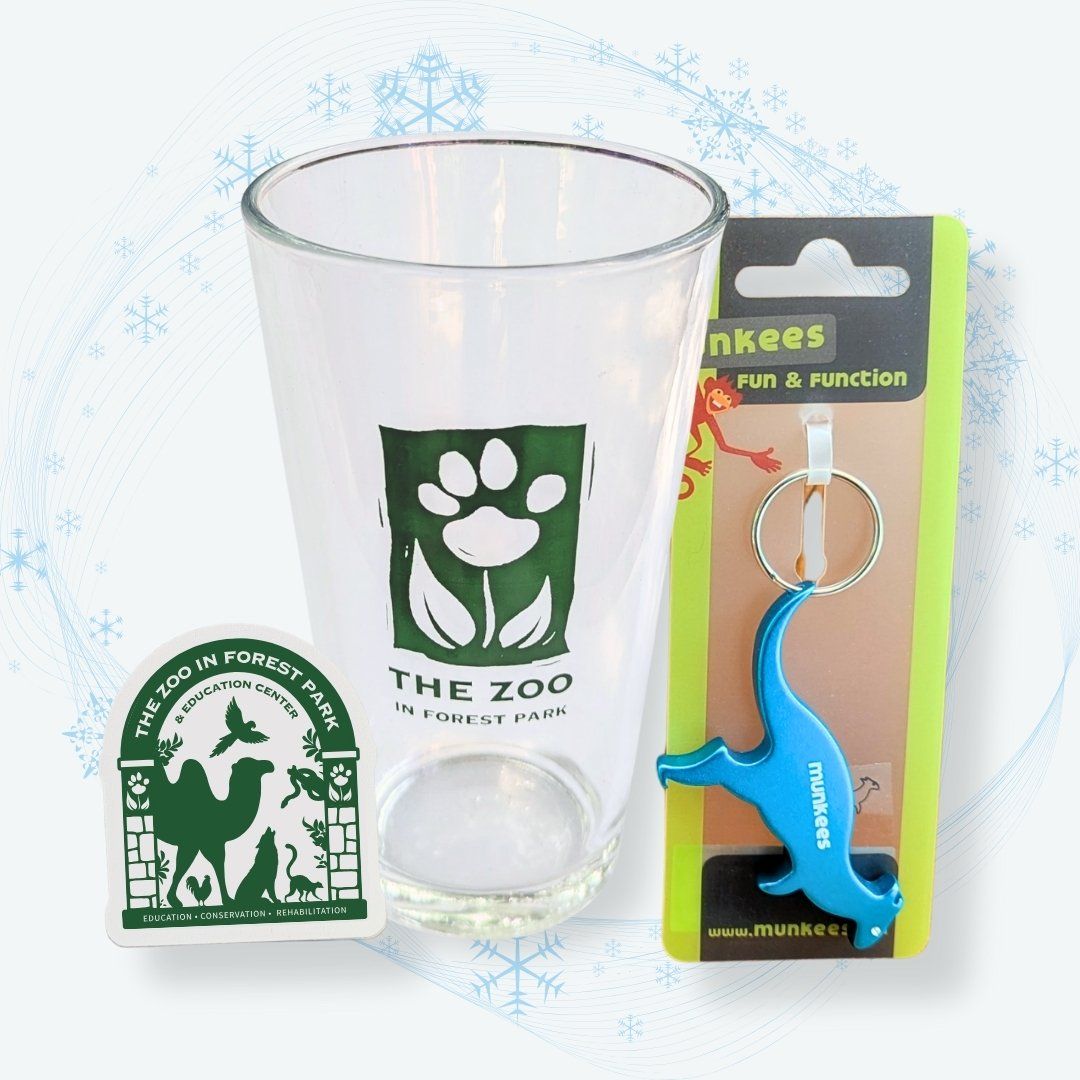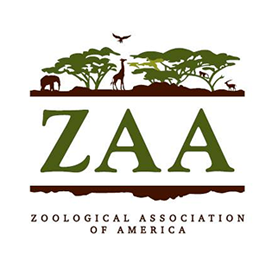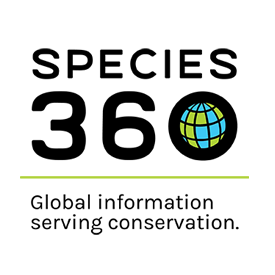Coyote

Atlas was found in a roadway with multiple injuries when he was just a few days old. These injuries affected his physical development and still visibly impact his mobility today. In addition to these mobility issues, he lives with a vision impairment after our veterinary team determined that the damage to his right eye necessitated its removal. Atlas is a rambunctious spirit who loves playing with his keepers.
Cassie came to The Zoo in 2018 because of an injury she sustained as a pup. Luckily, she was taken in by some wonderful rehabilitators who helped her heal. However, due to the lasting effects of her injury and her attachment to humans, she was unable to be released into the wild. After sustaining a second leg injury, our veterinary team made the call to amputate her back right leg. Cassie is resilient and has adapted well to the change.
Scientific name
Canis latrans
Lifespan
6-8 years in the wild, up to 15 under human care
Range
North and Central America
Diet
The majority of the coyote's diet is meat, including ungulates, rodents, rabbits, birds, reptiles, fish, and insects. They will also occasionally eat grass and fruits. When taking down larger prey, coyotes hunt in pairs or groups.
Social Structure
Coyotes do not have established social groups, sometimes forming small packs based on family groups or being completely unrelated. Coyotes use both body language and vocalizations to communicate.
Conservation Status
Threats in the Wild
Coyotes are highly adaptive to human encroachment and are, in fact, increasing in population and expanding their range.
Their Story
share this page


